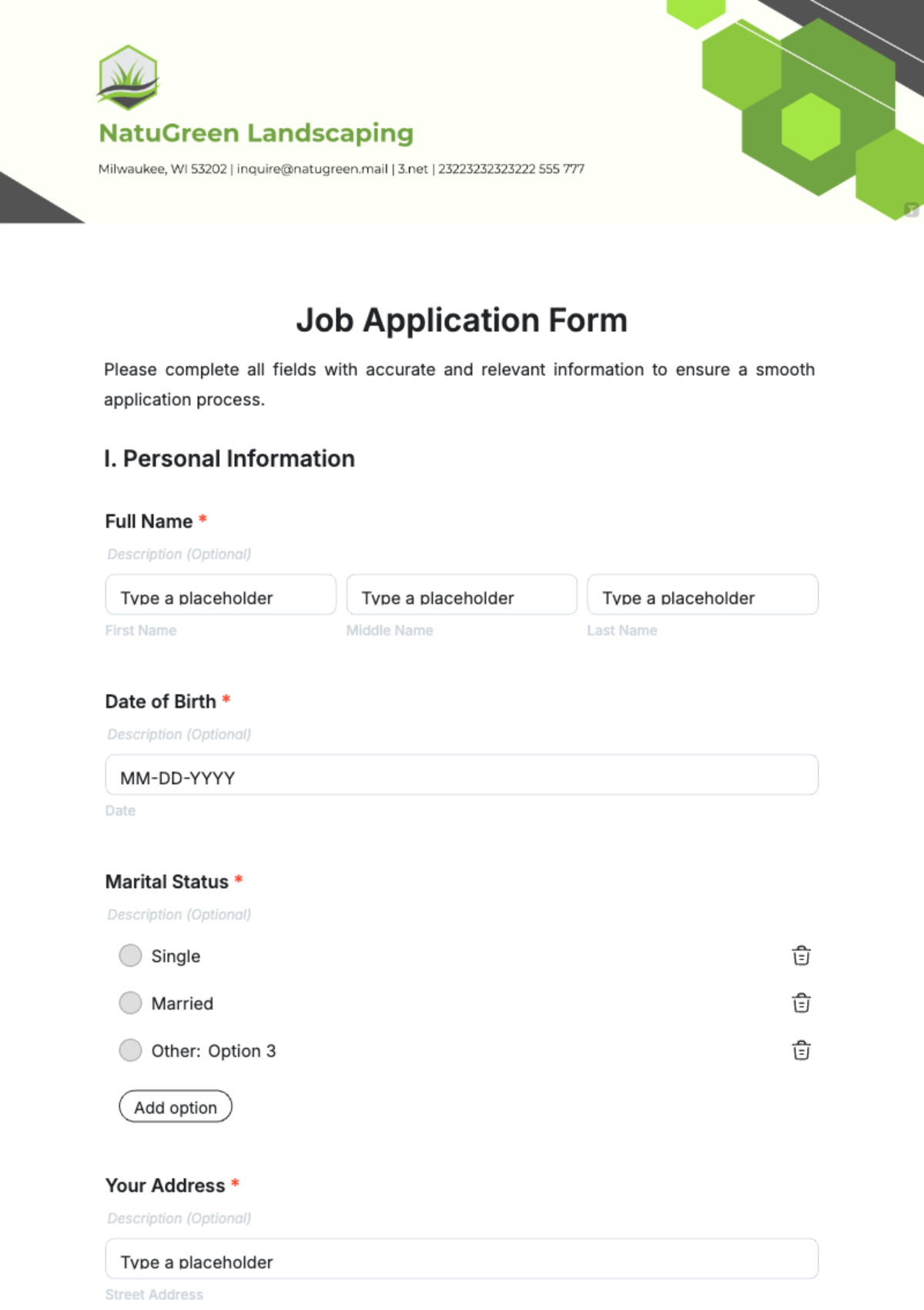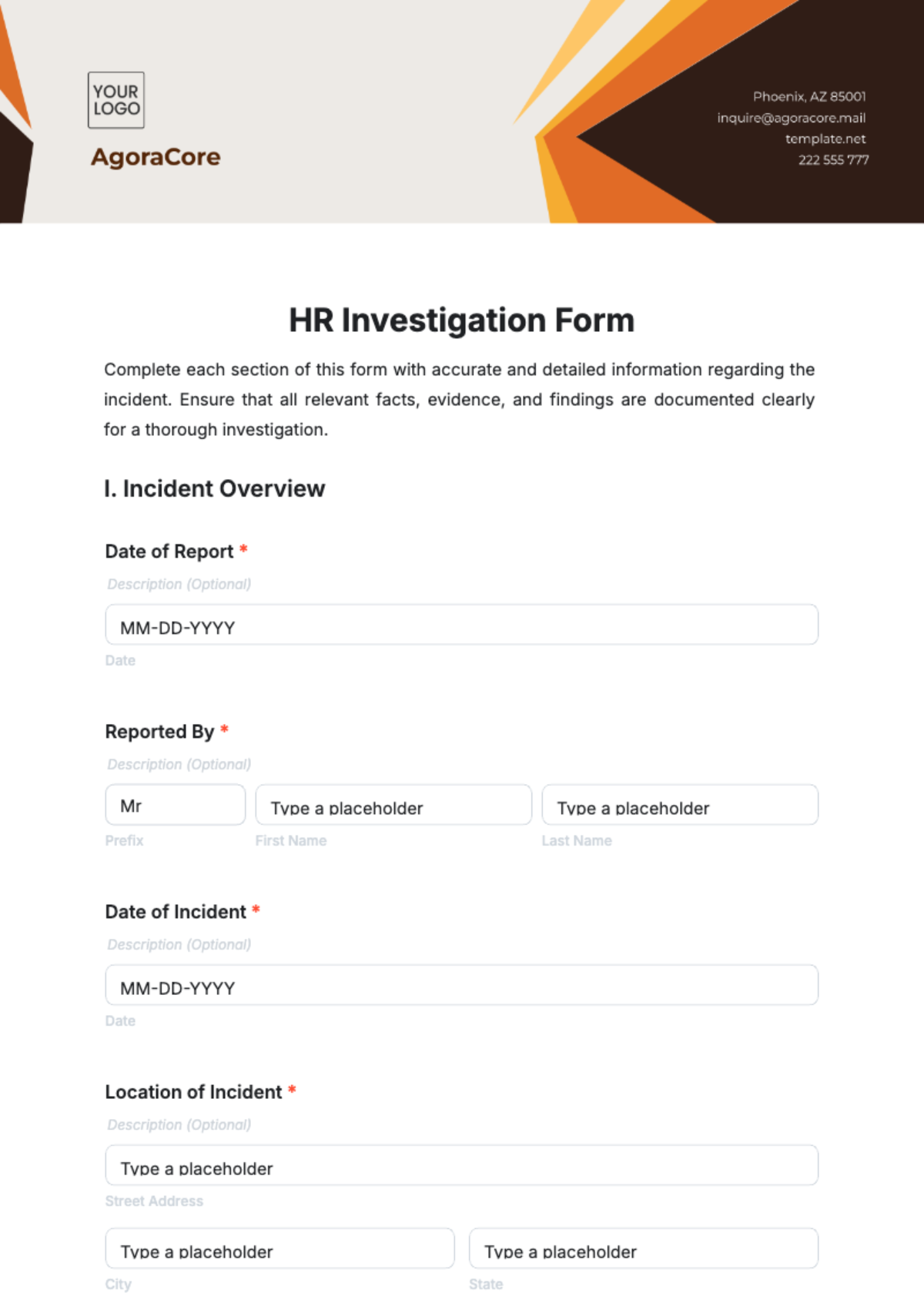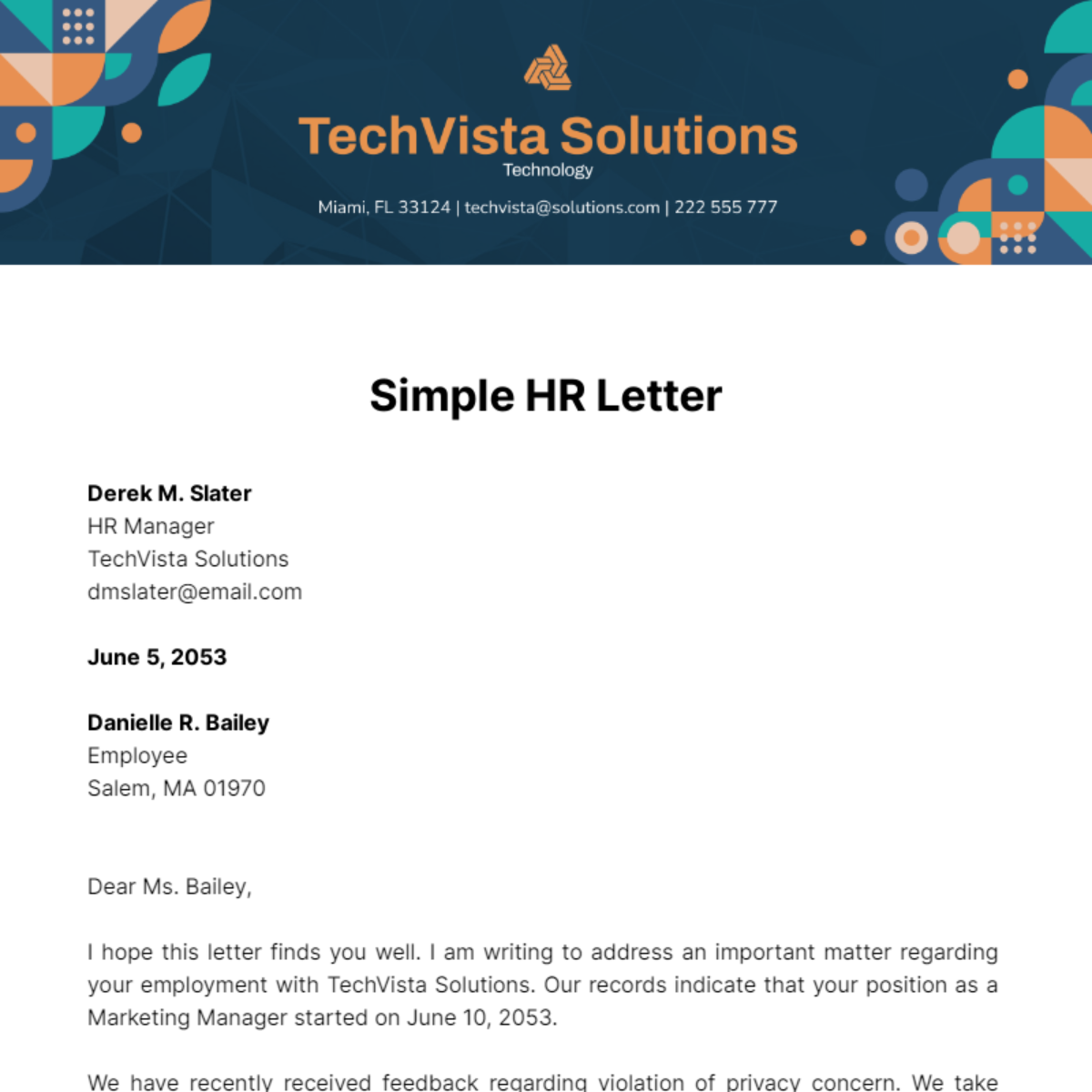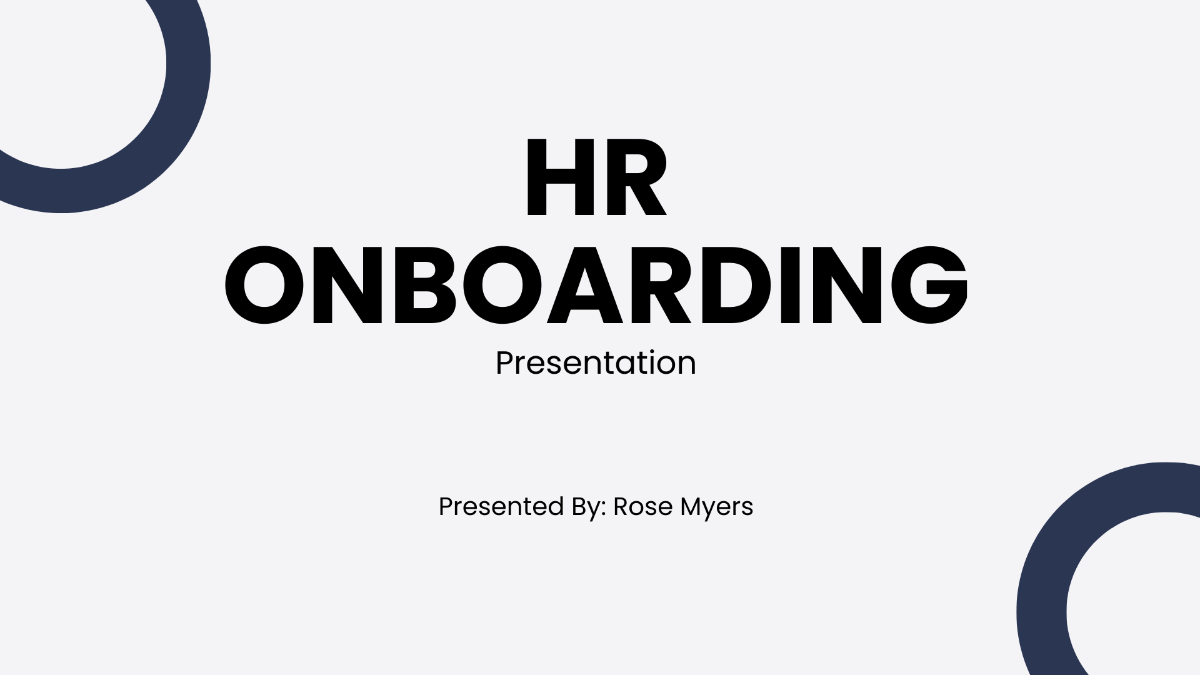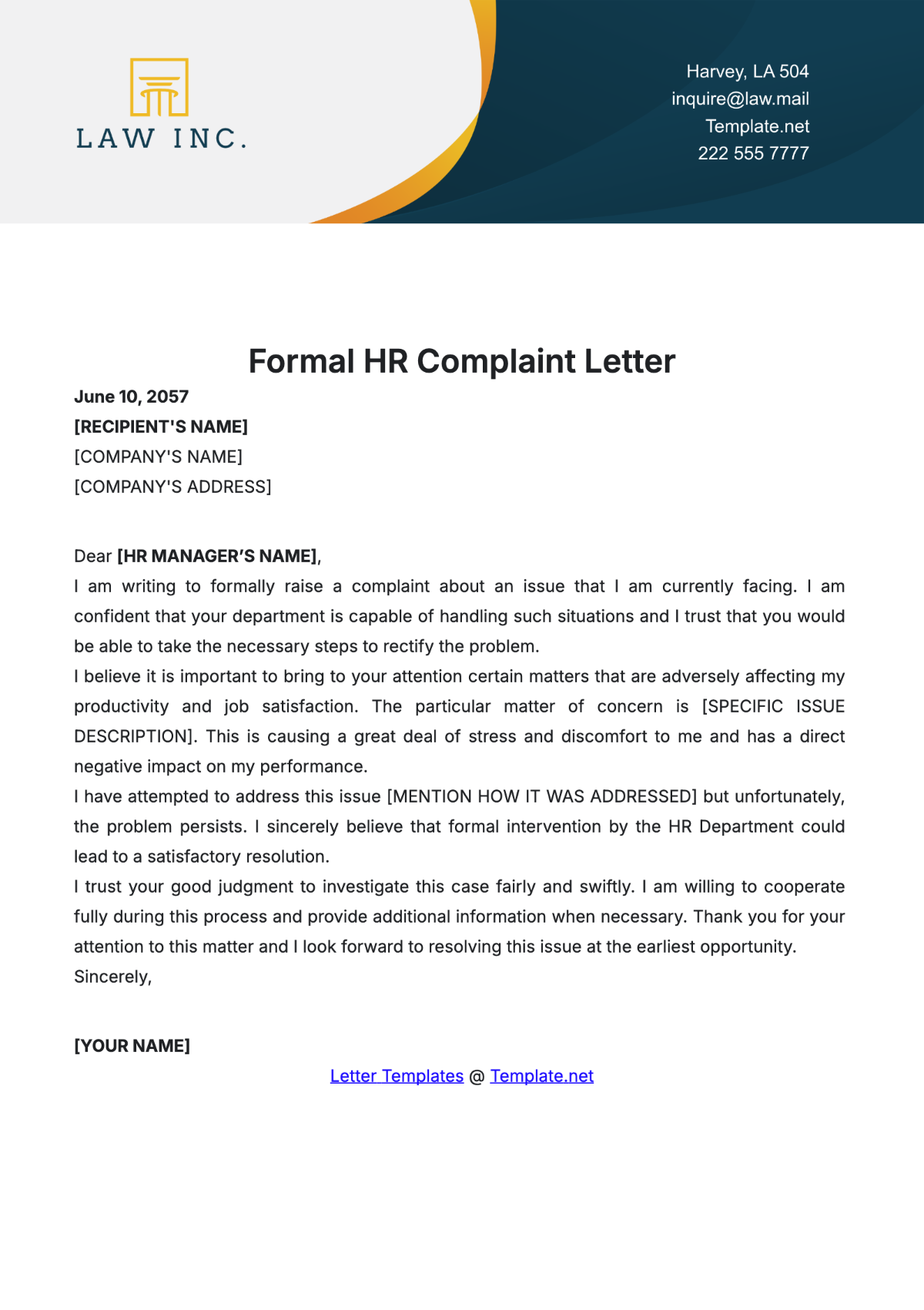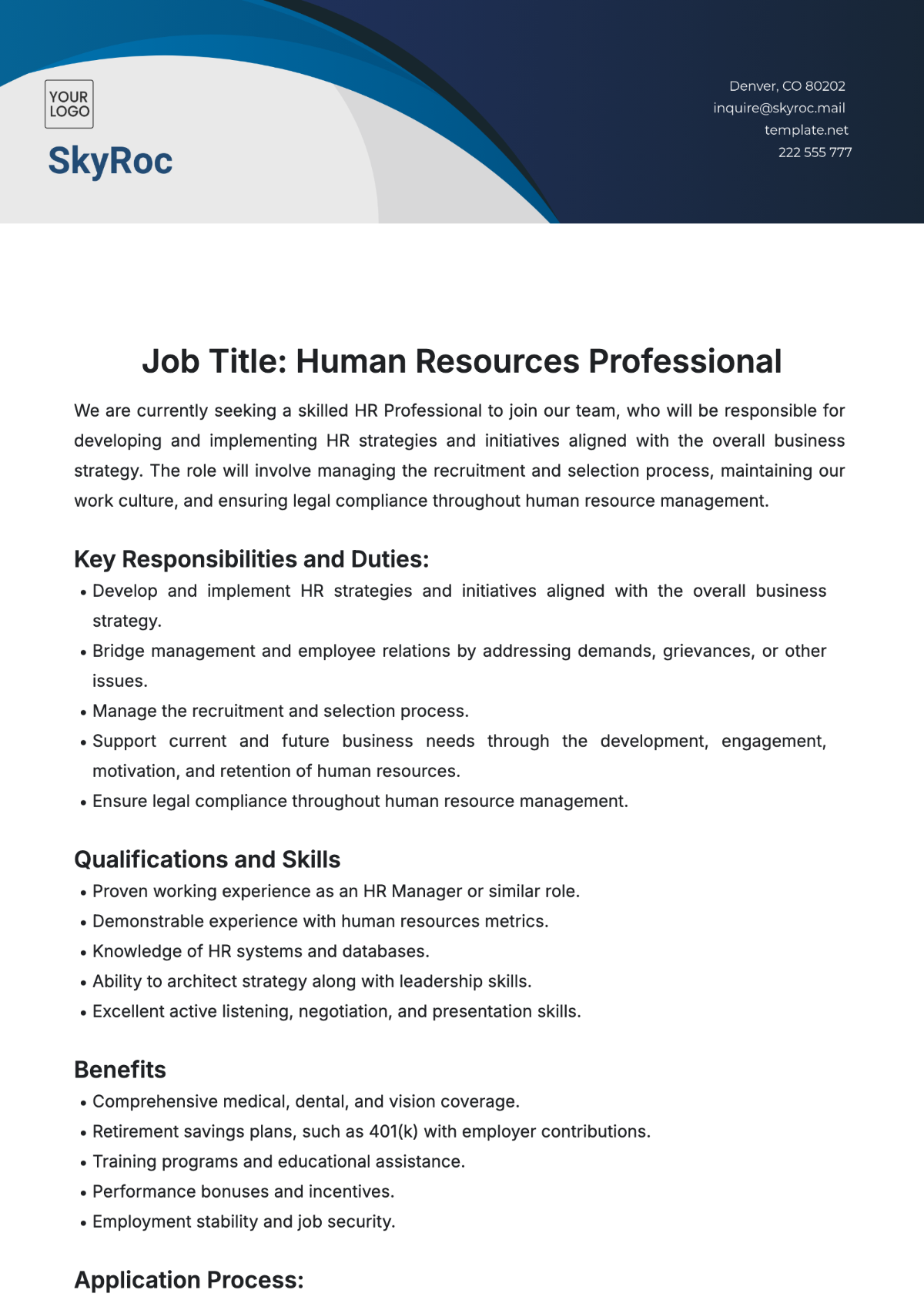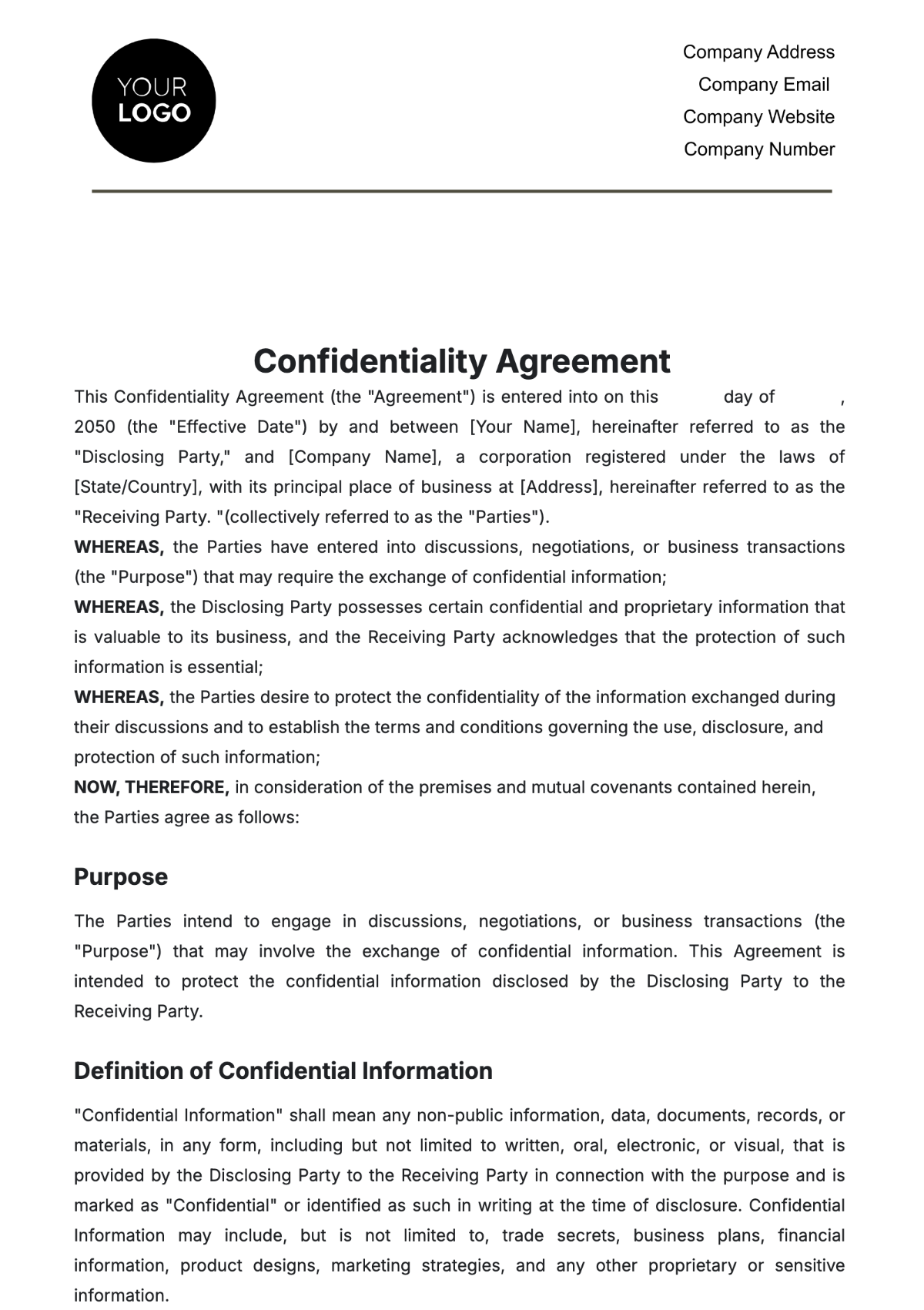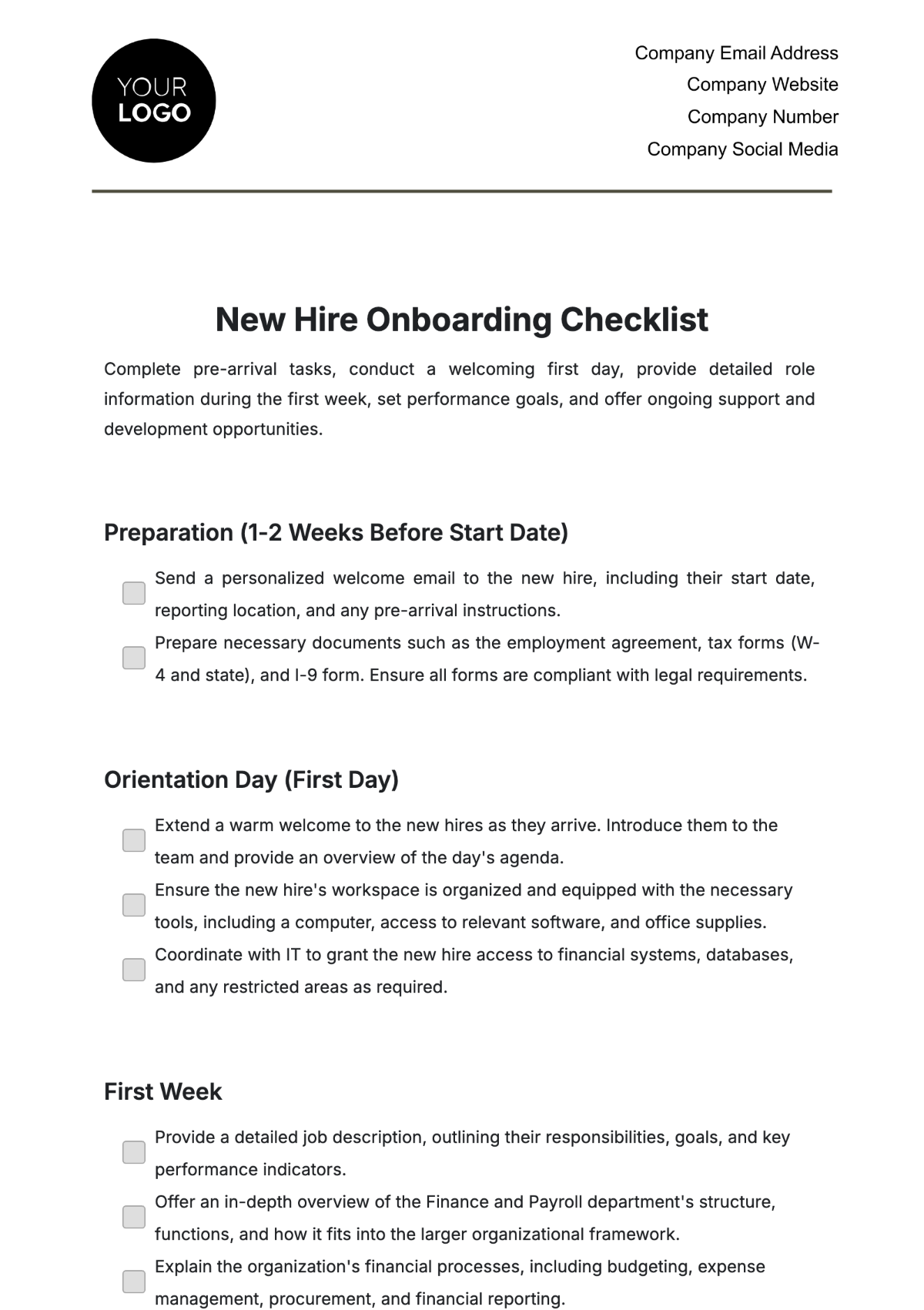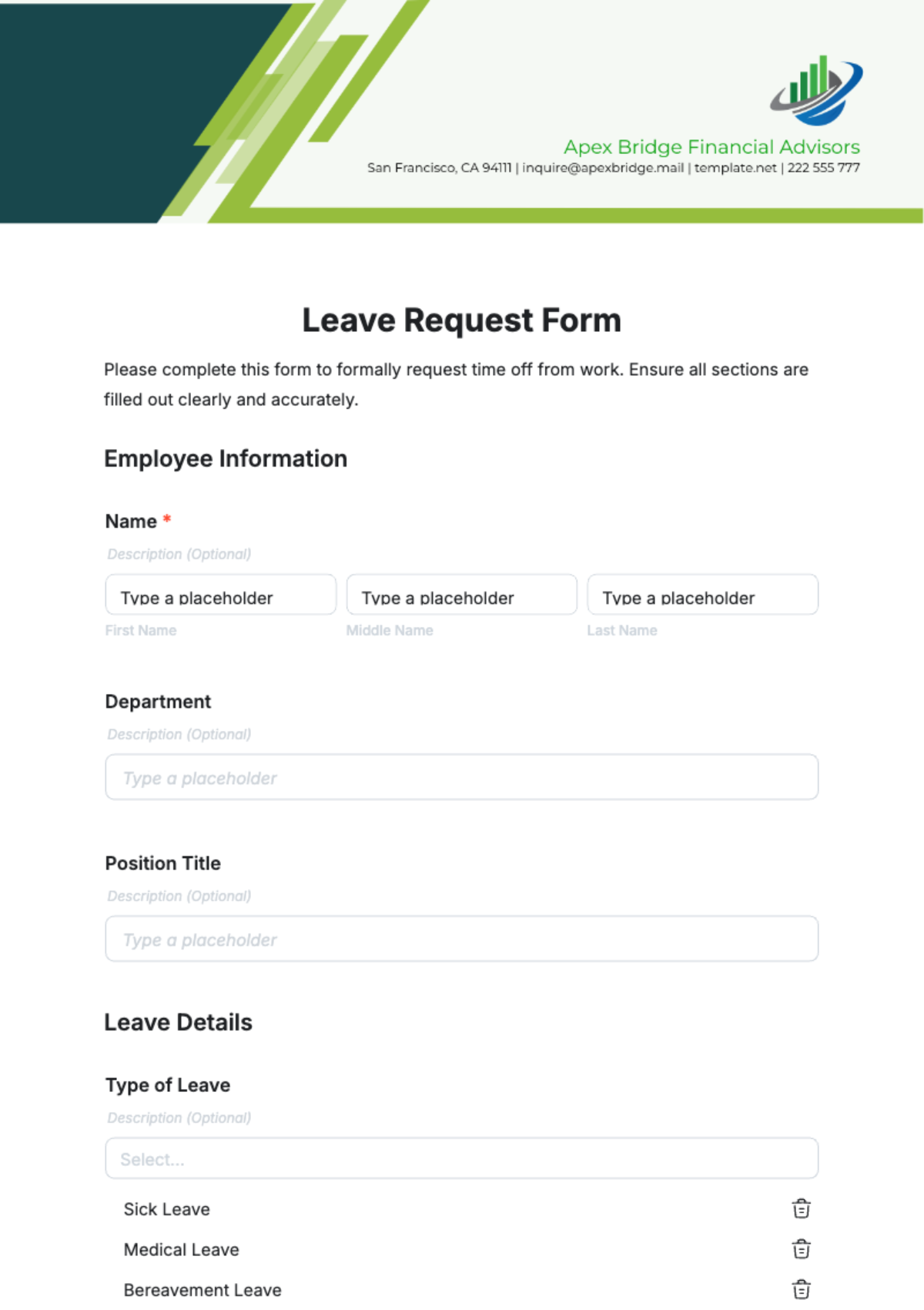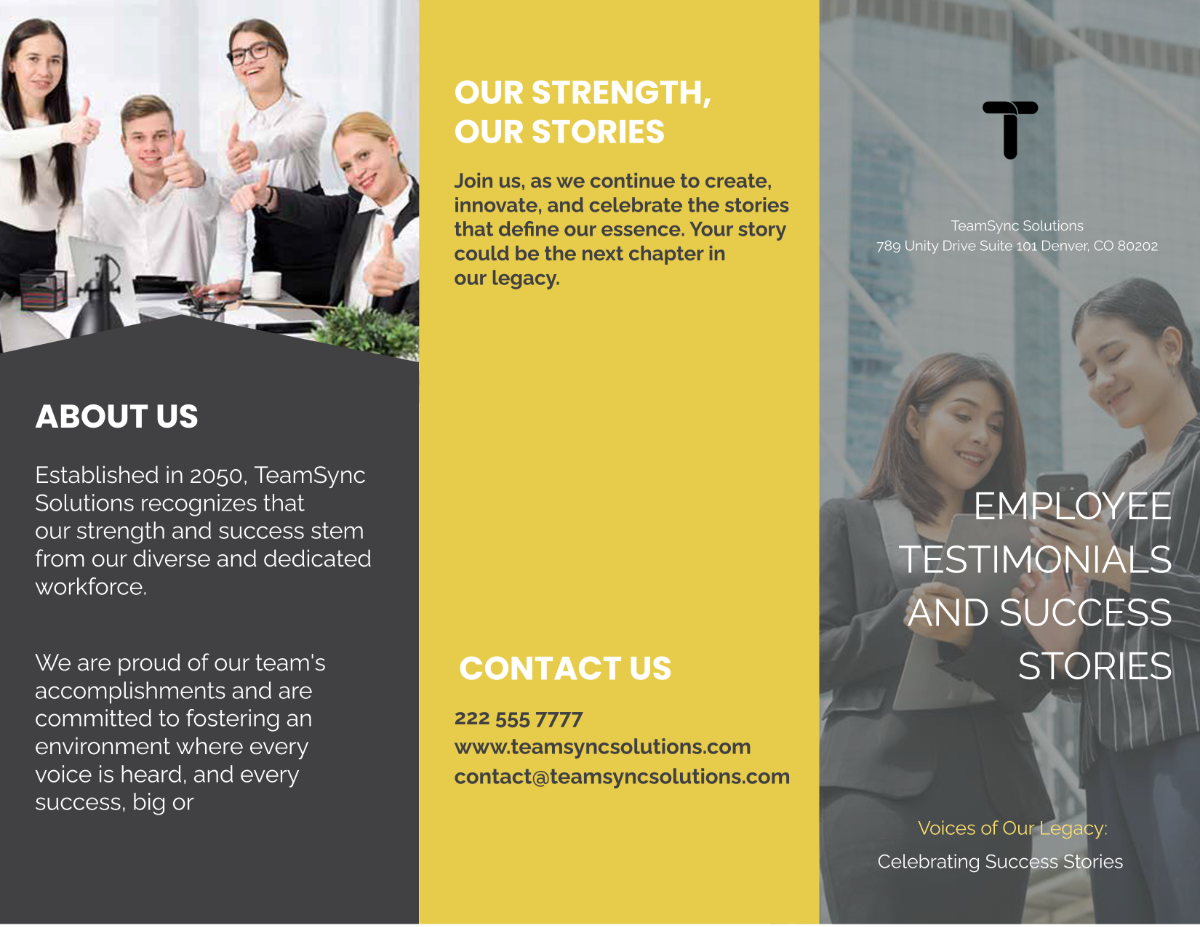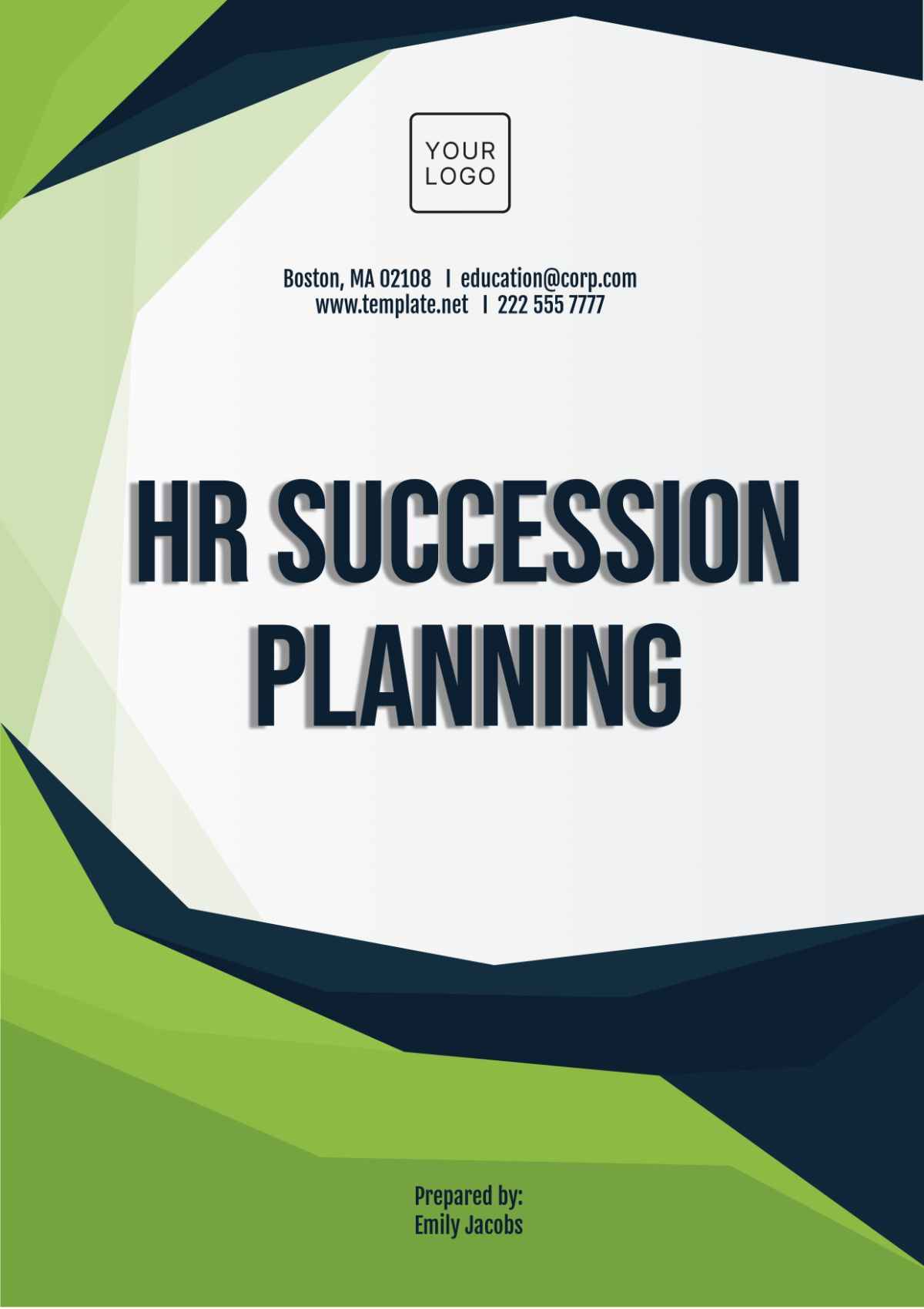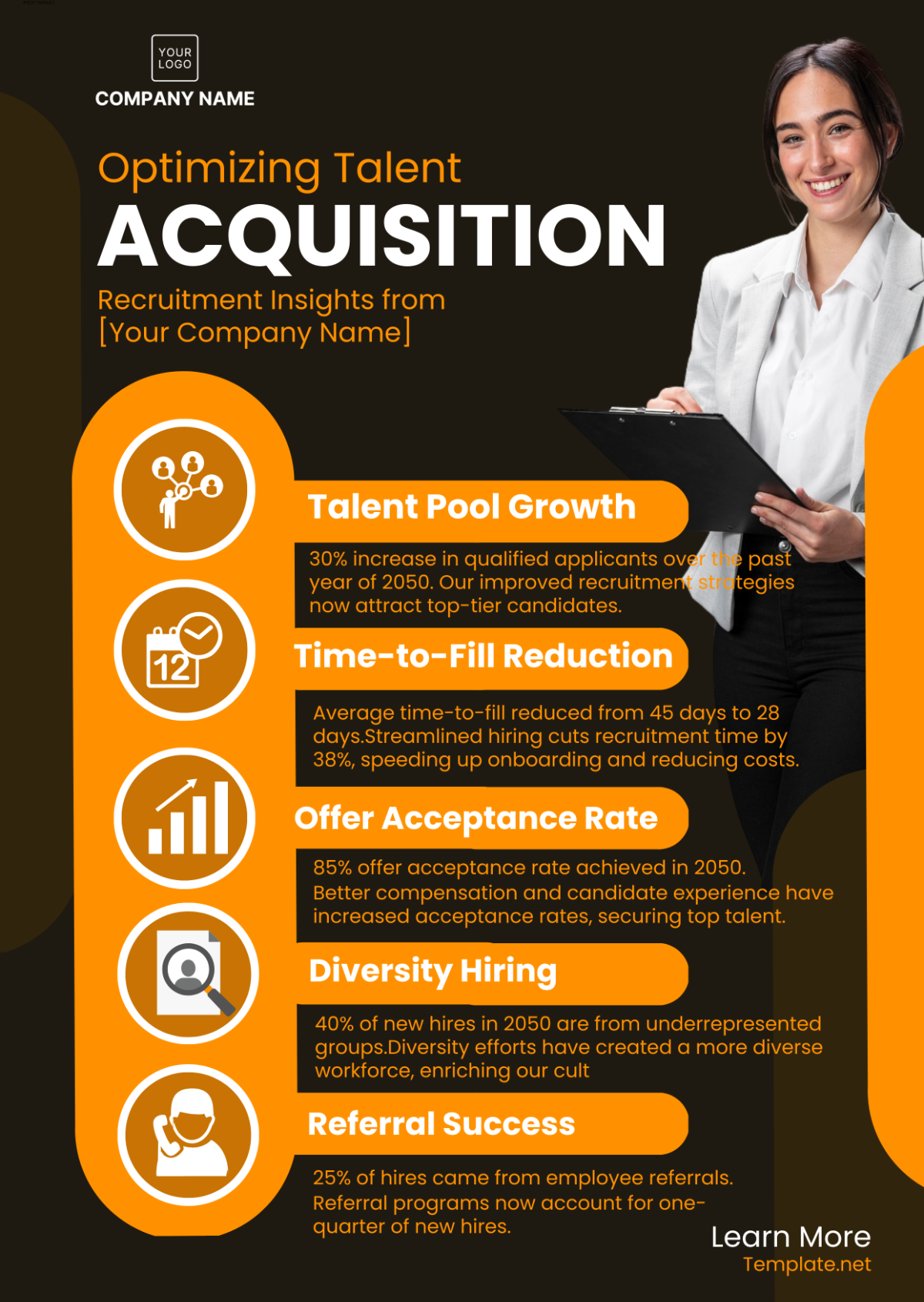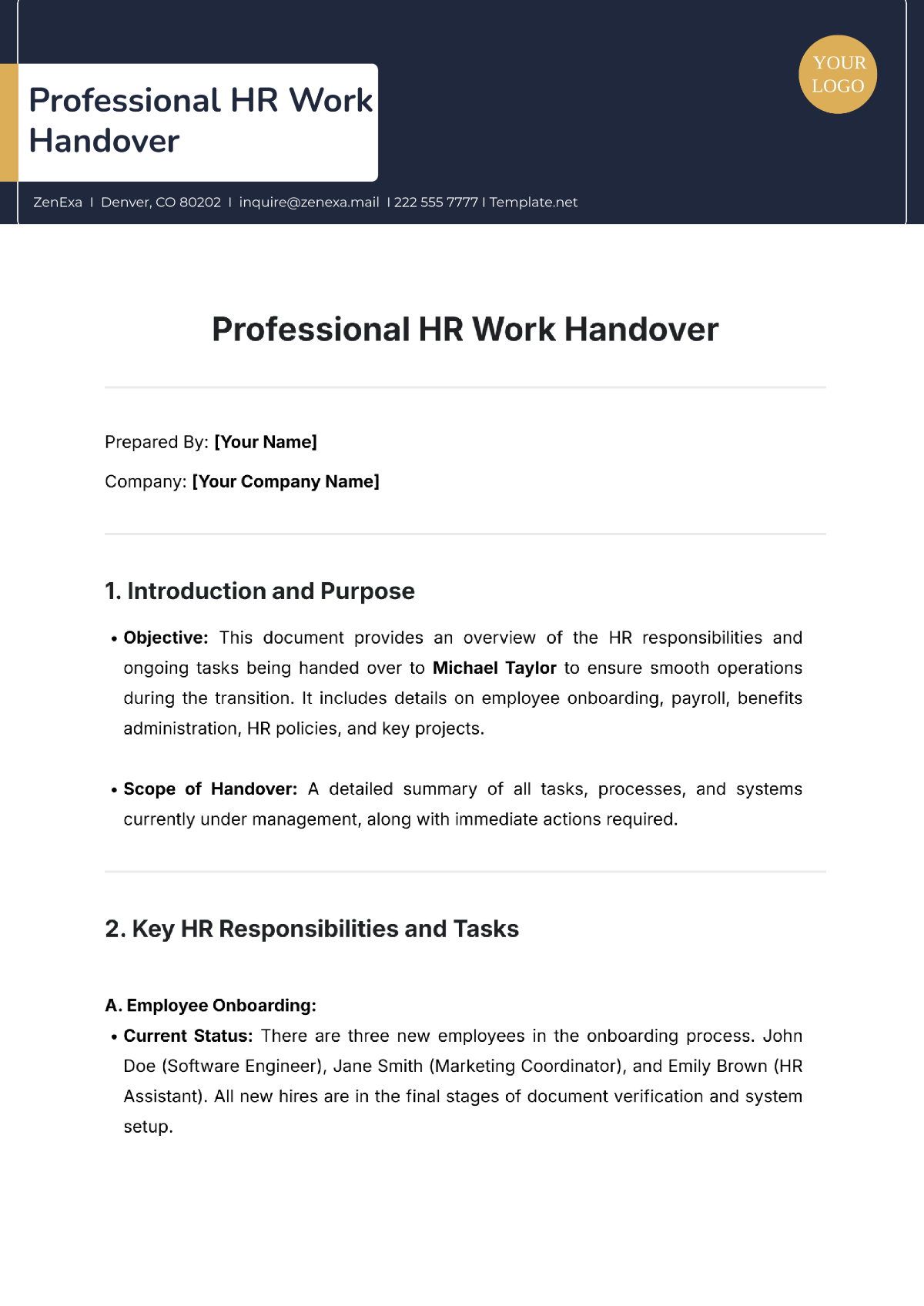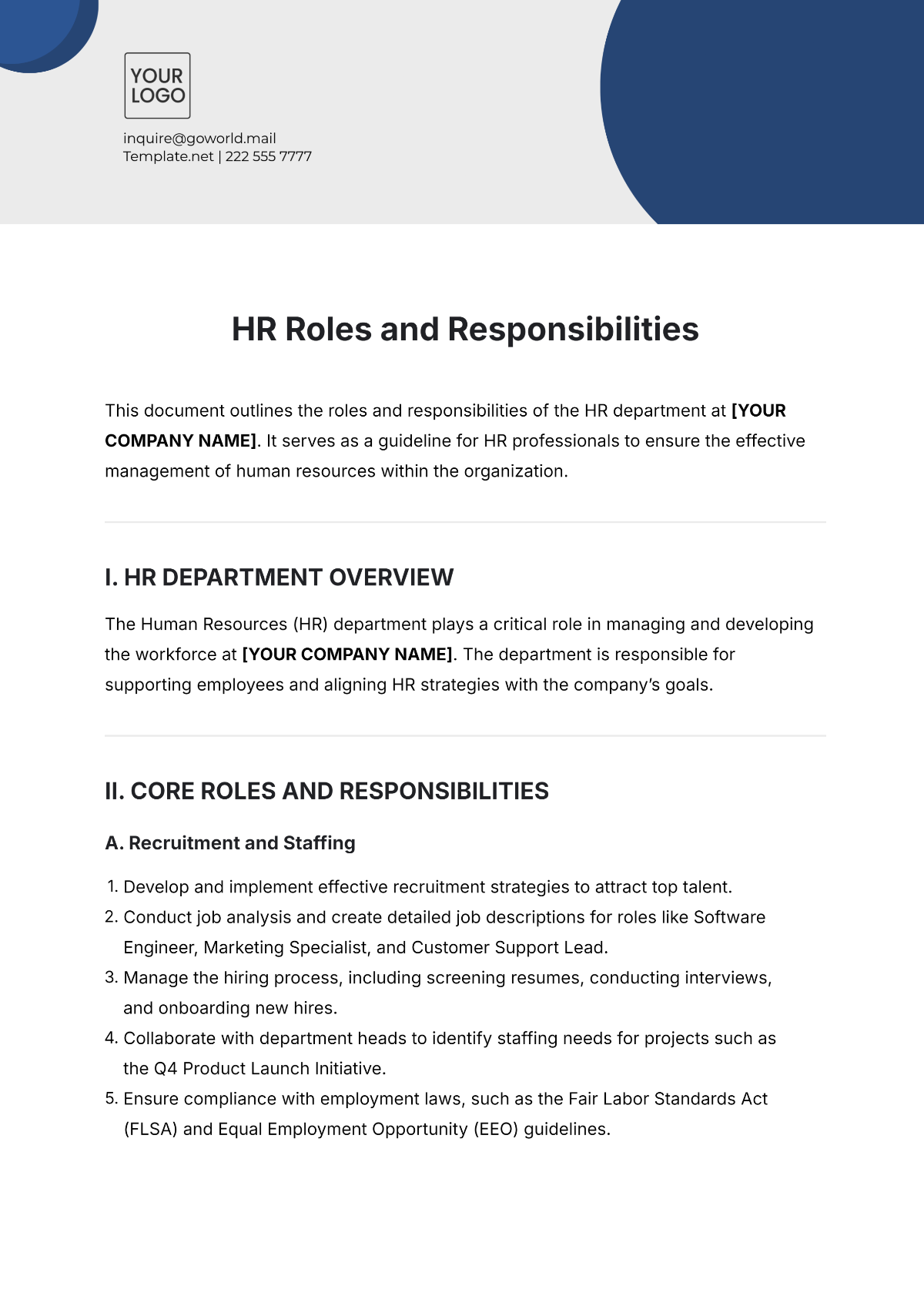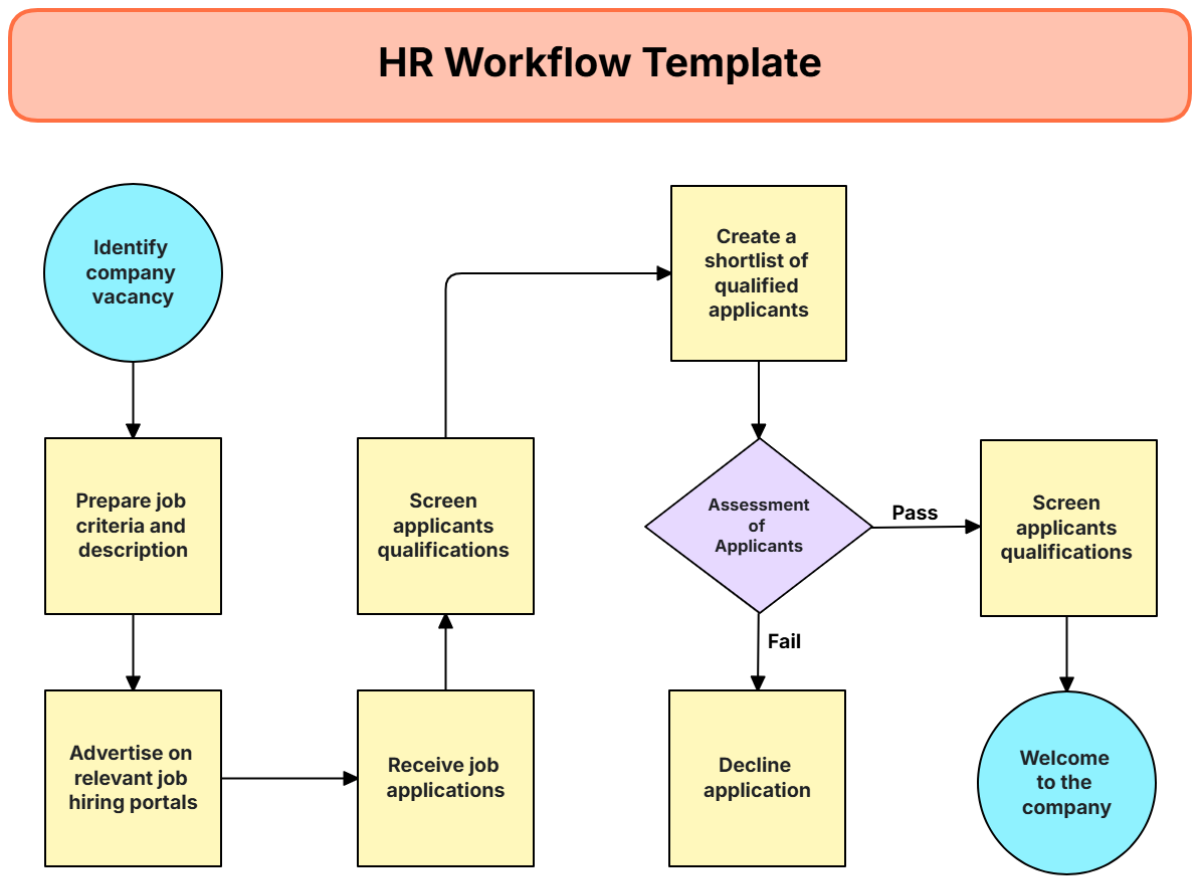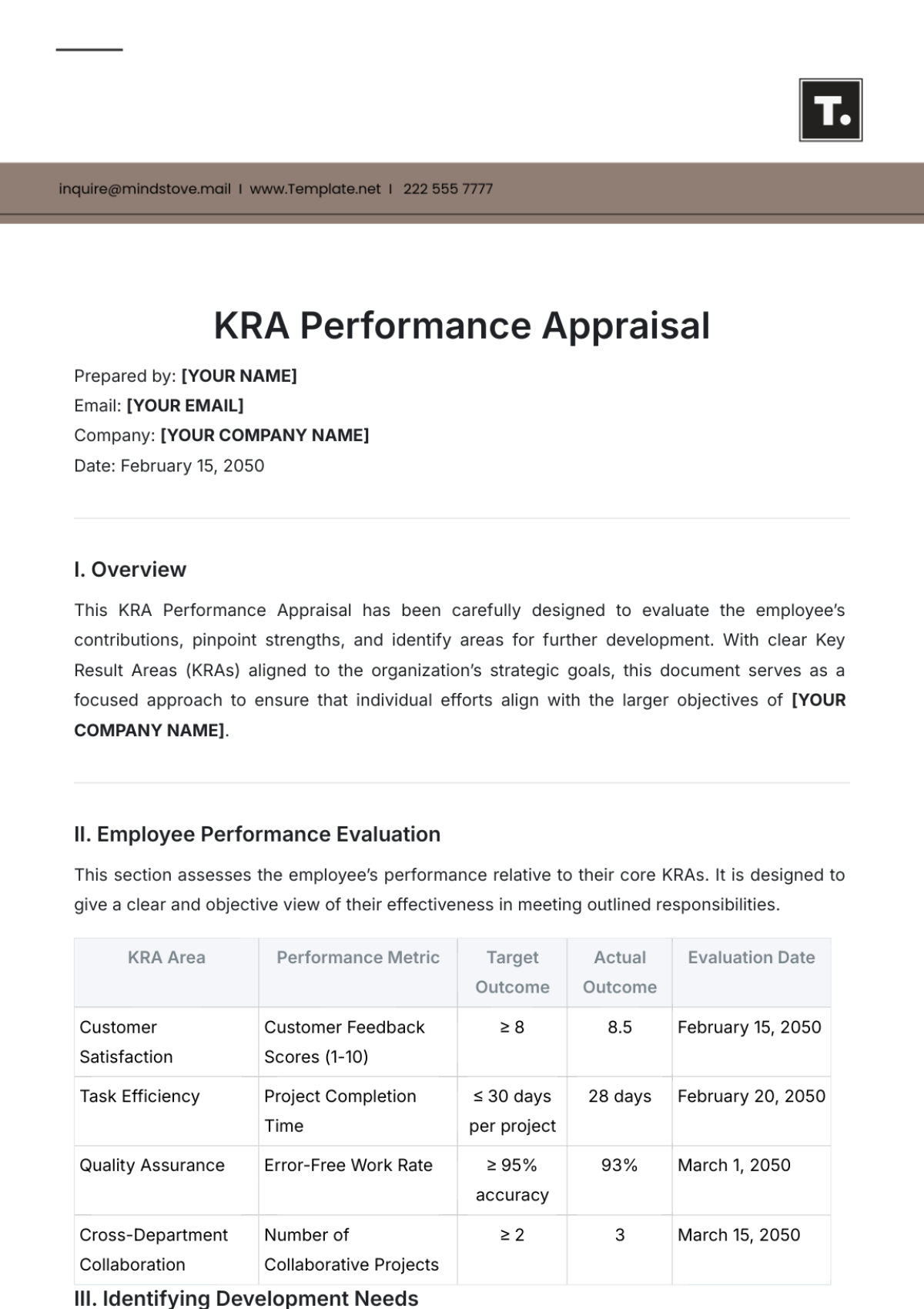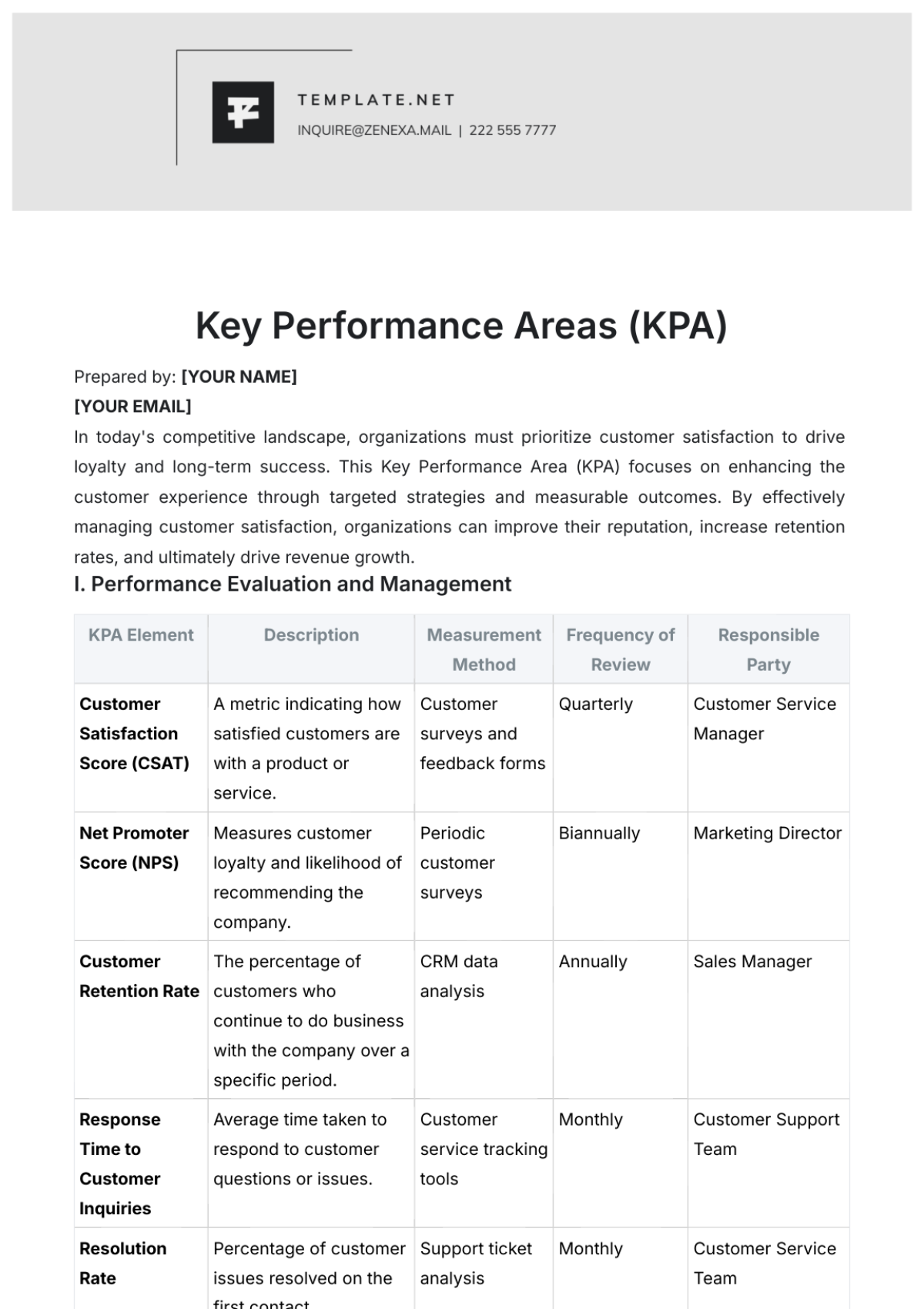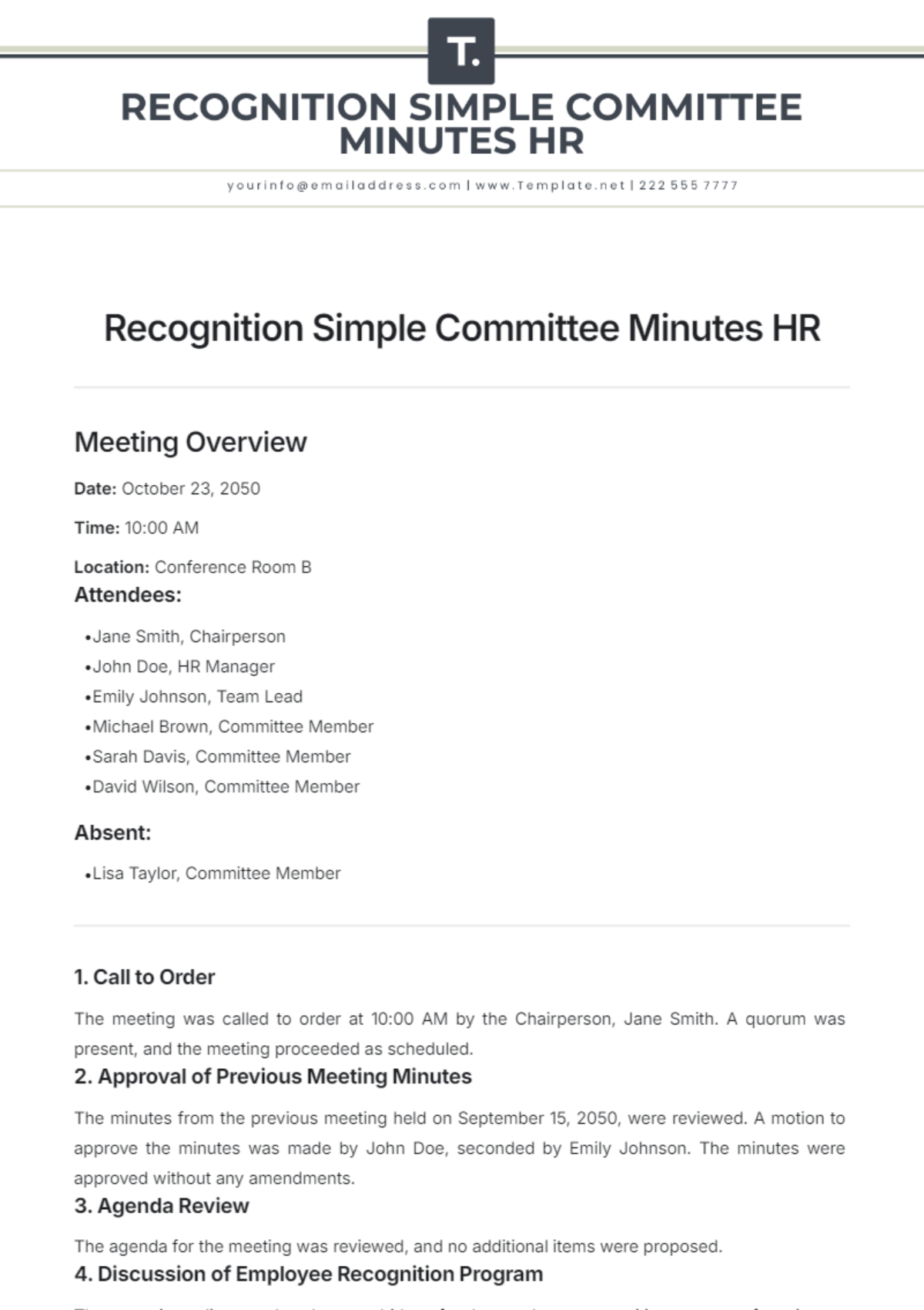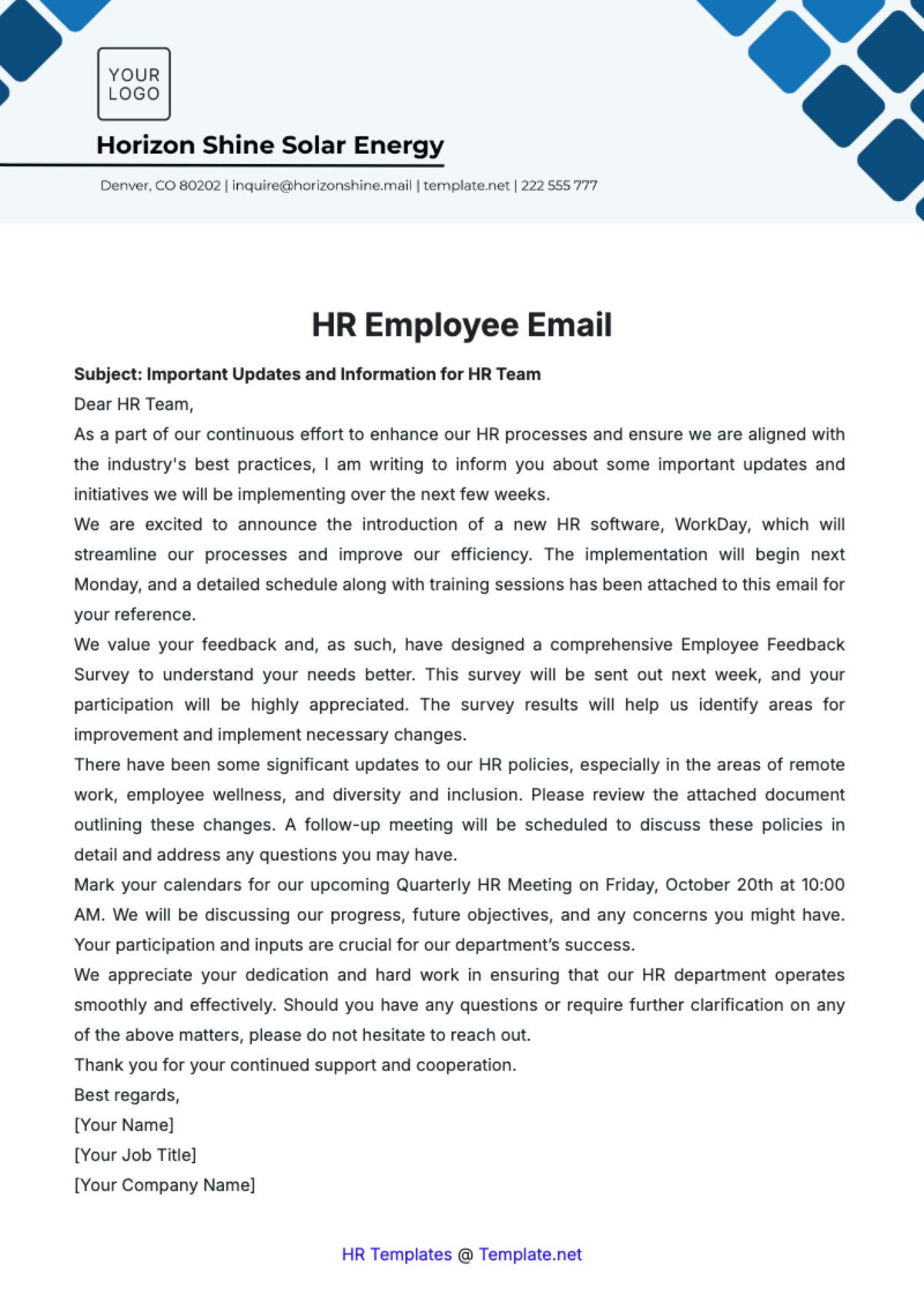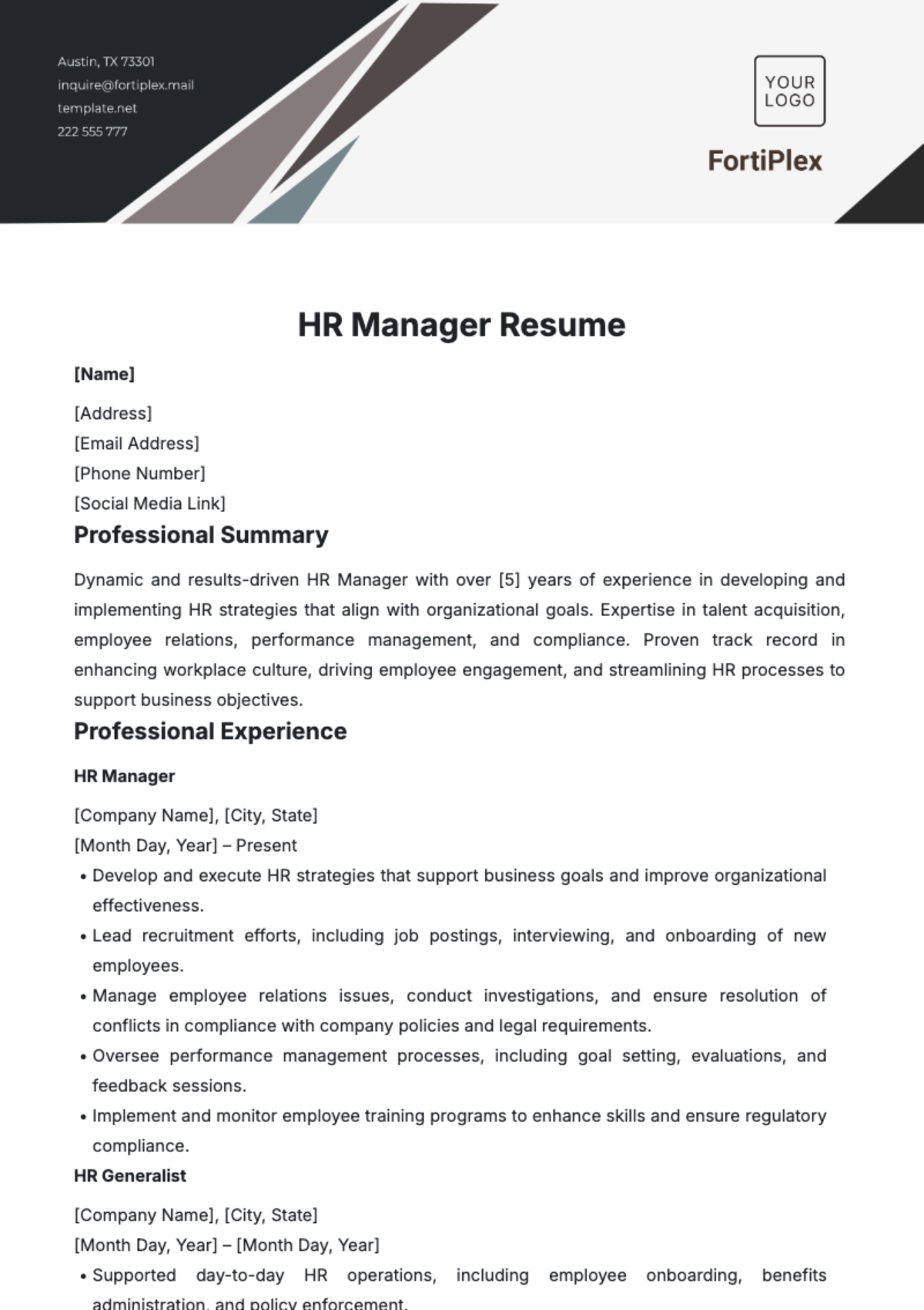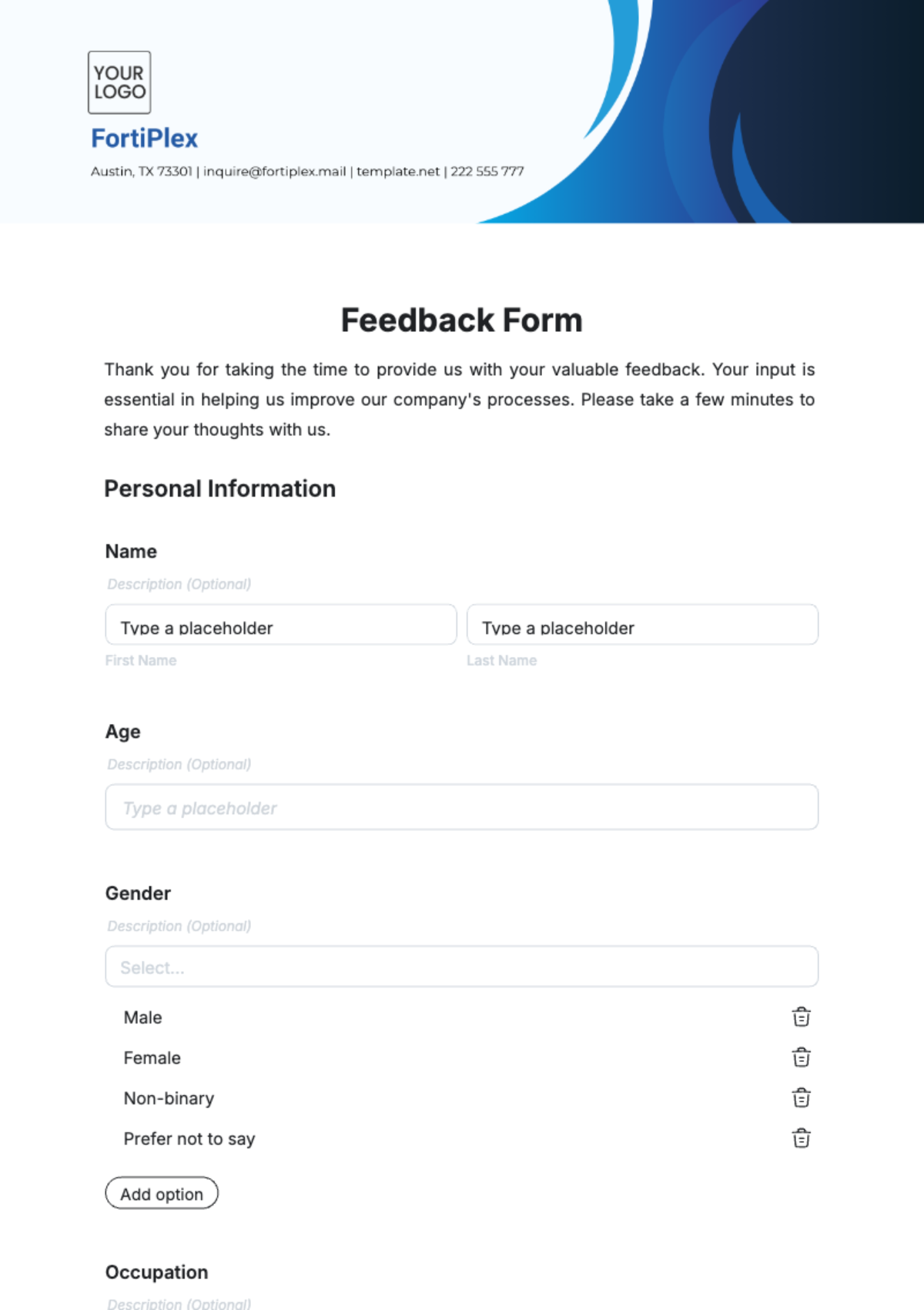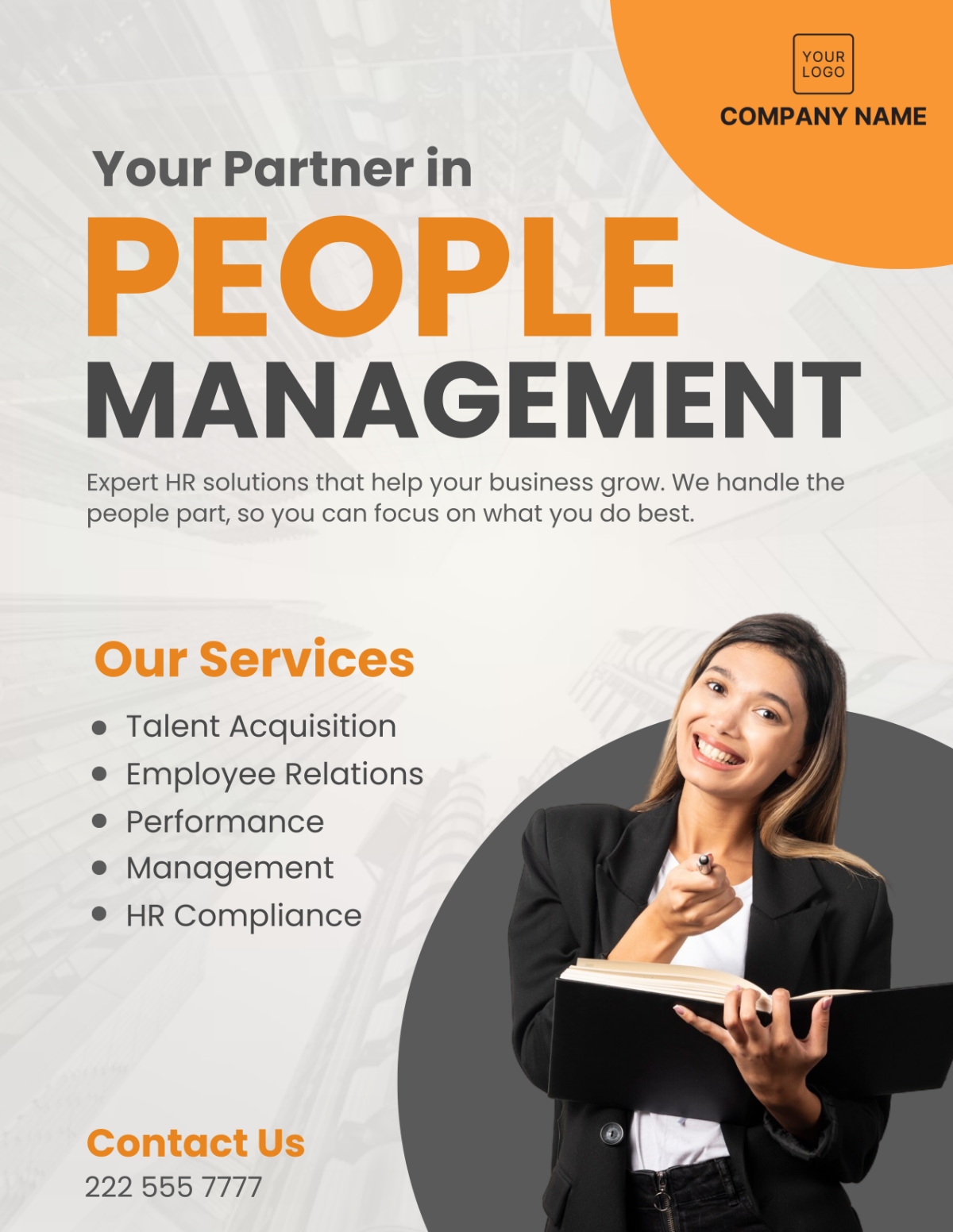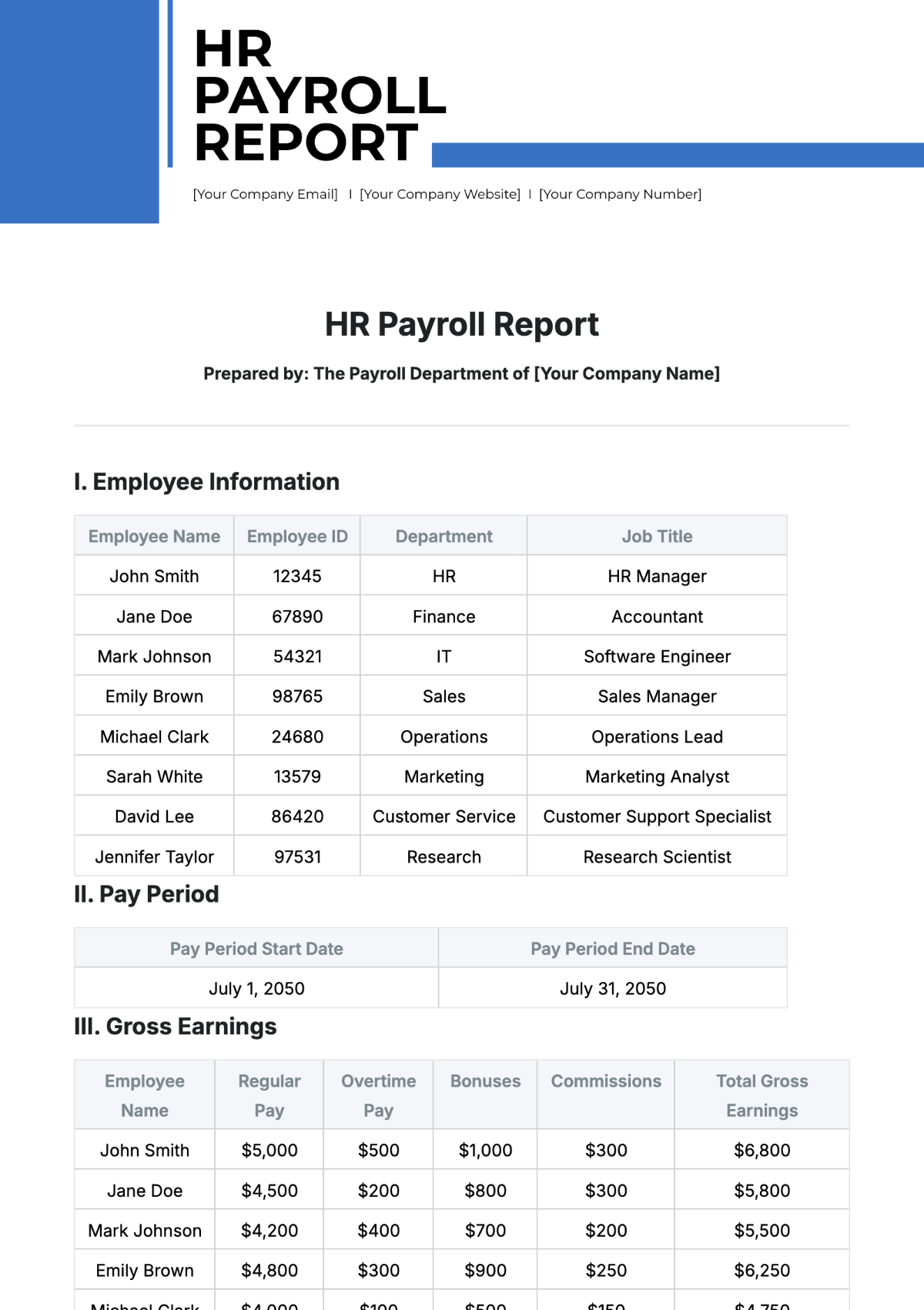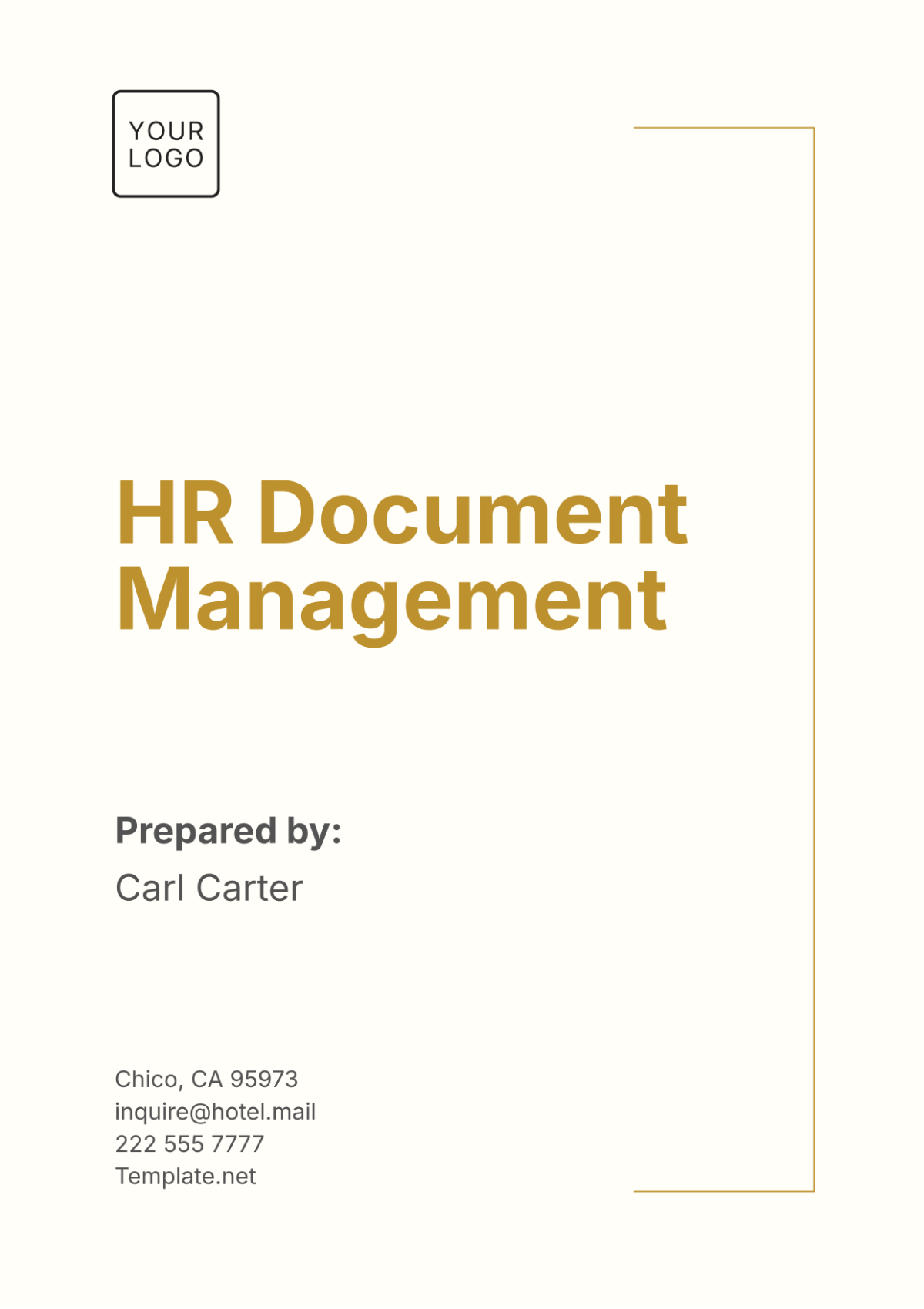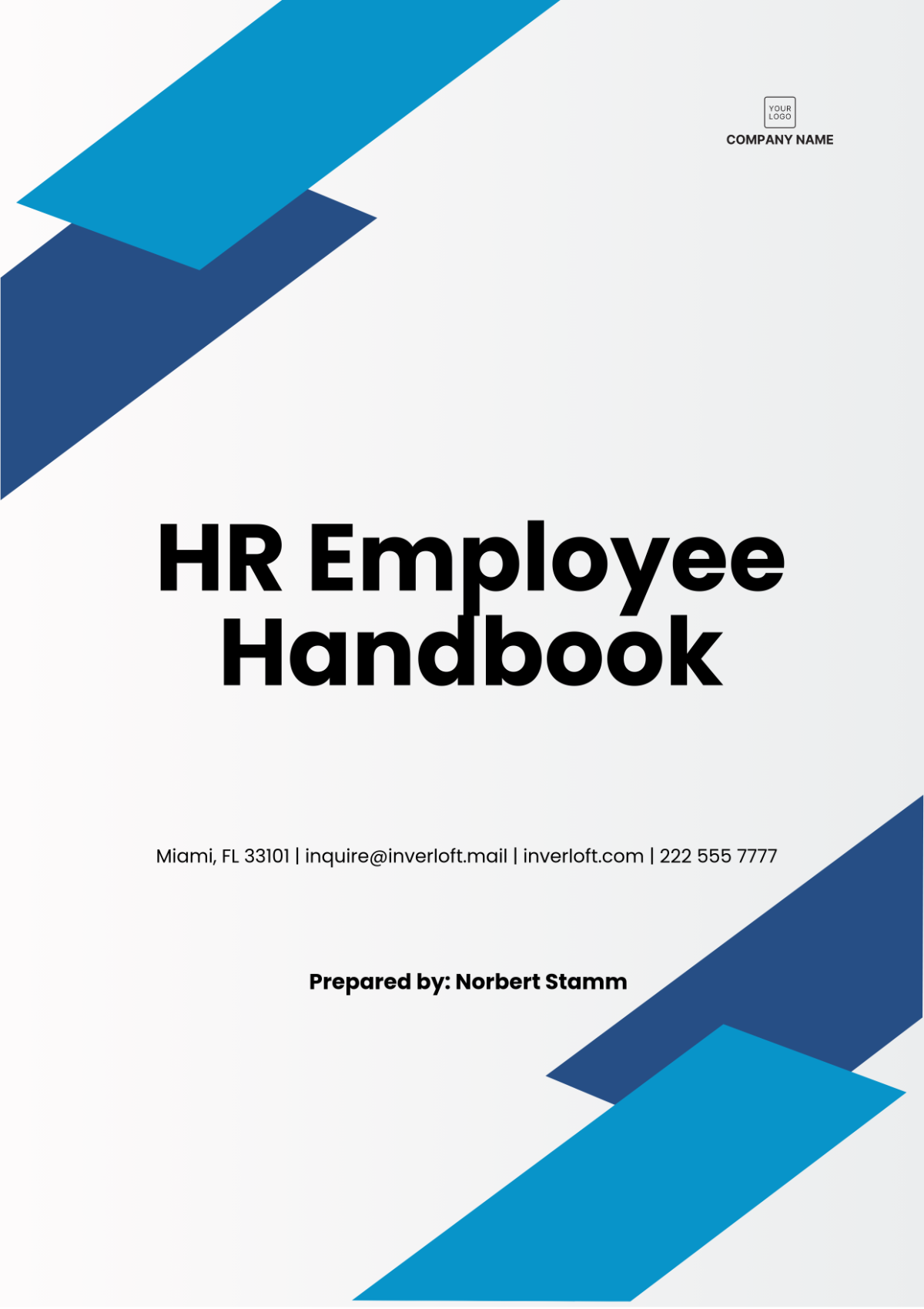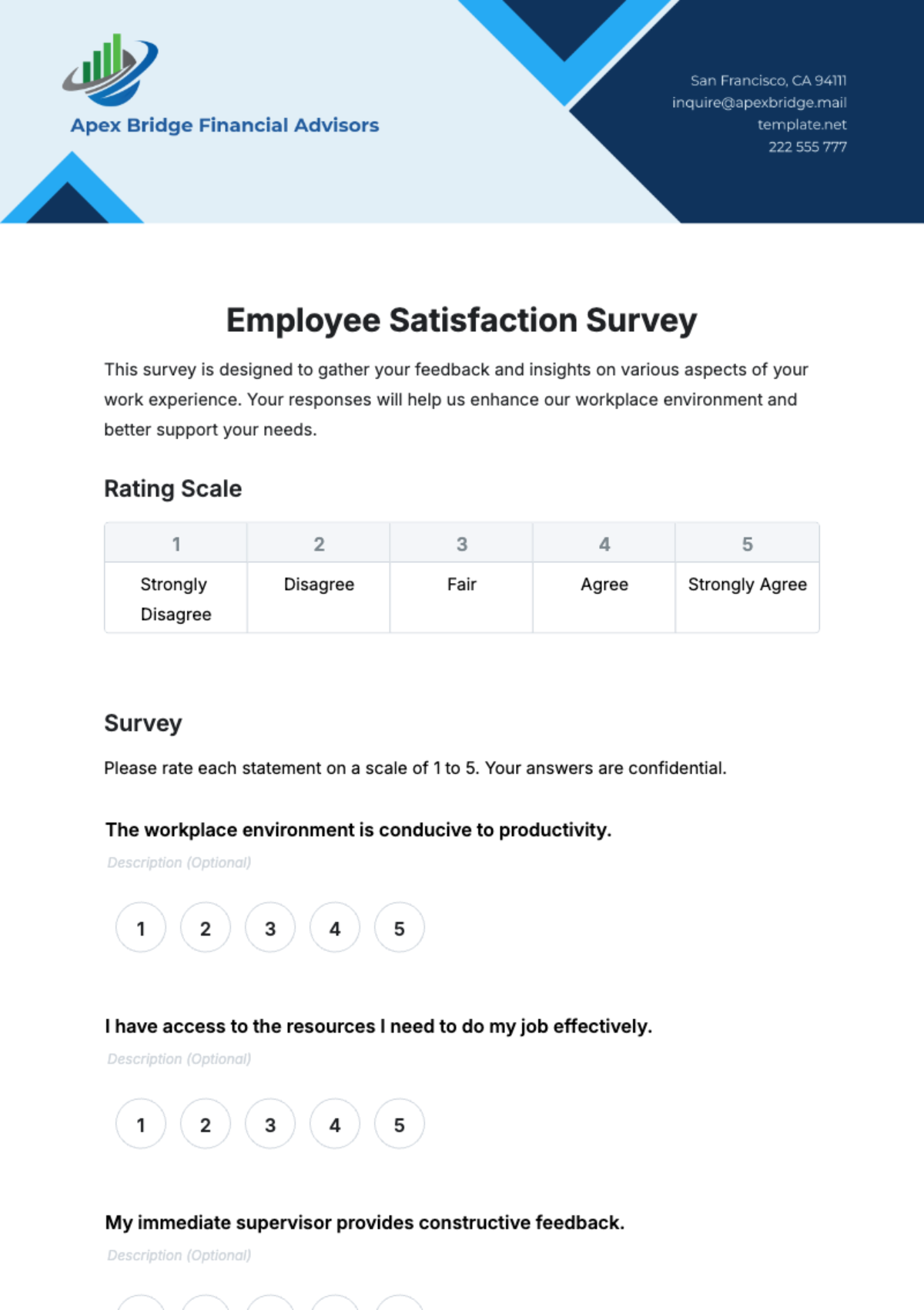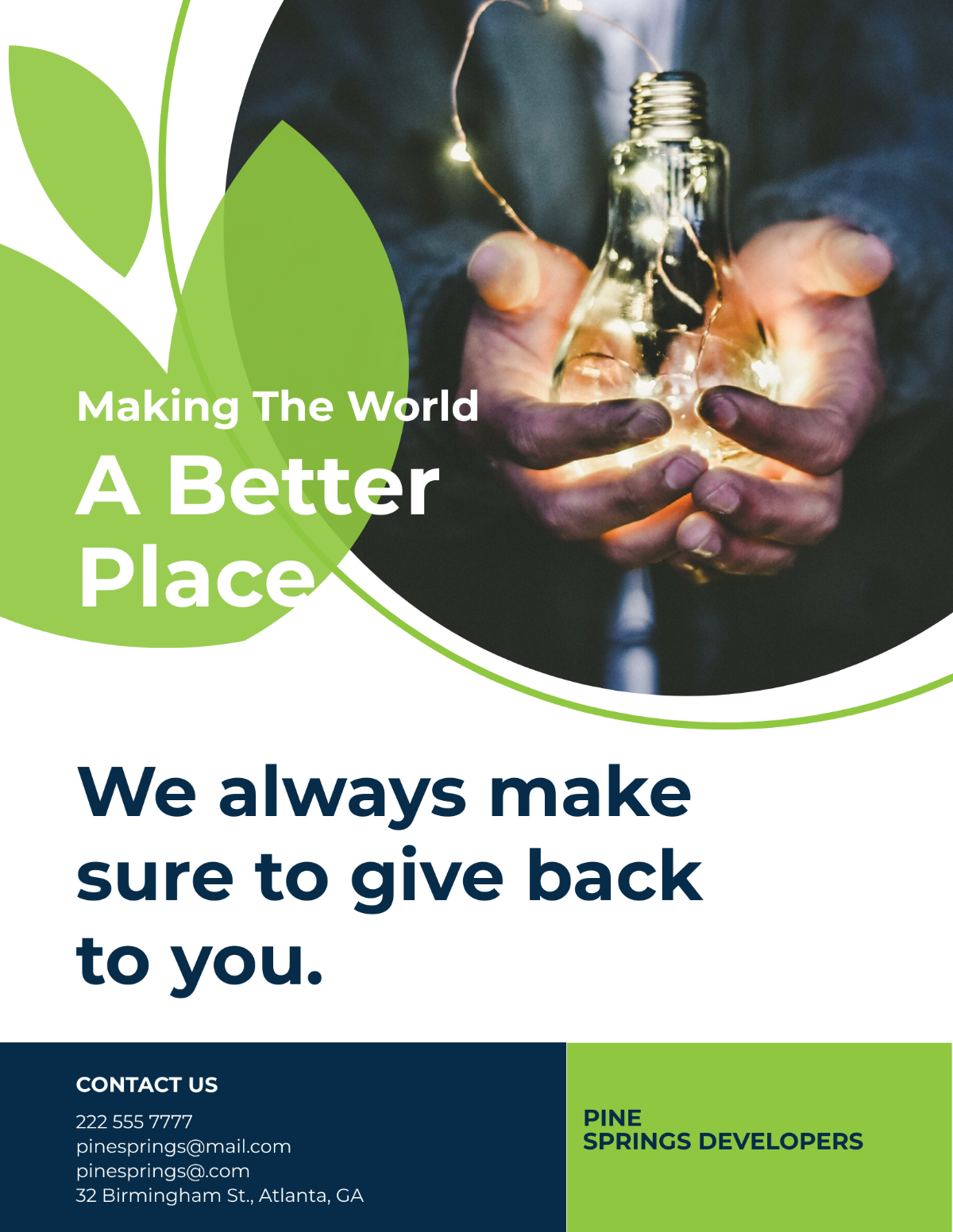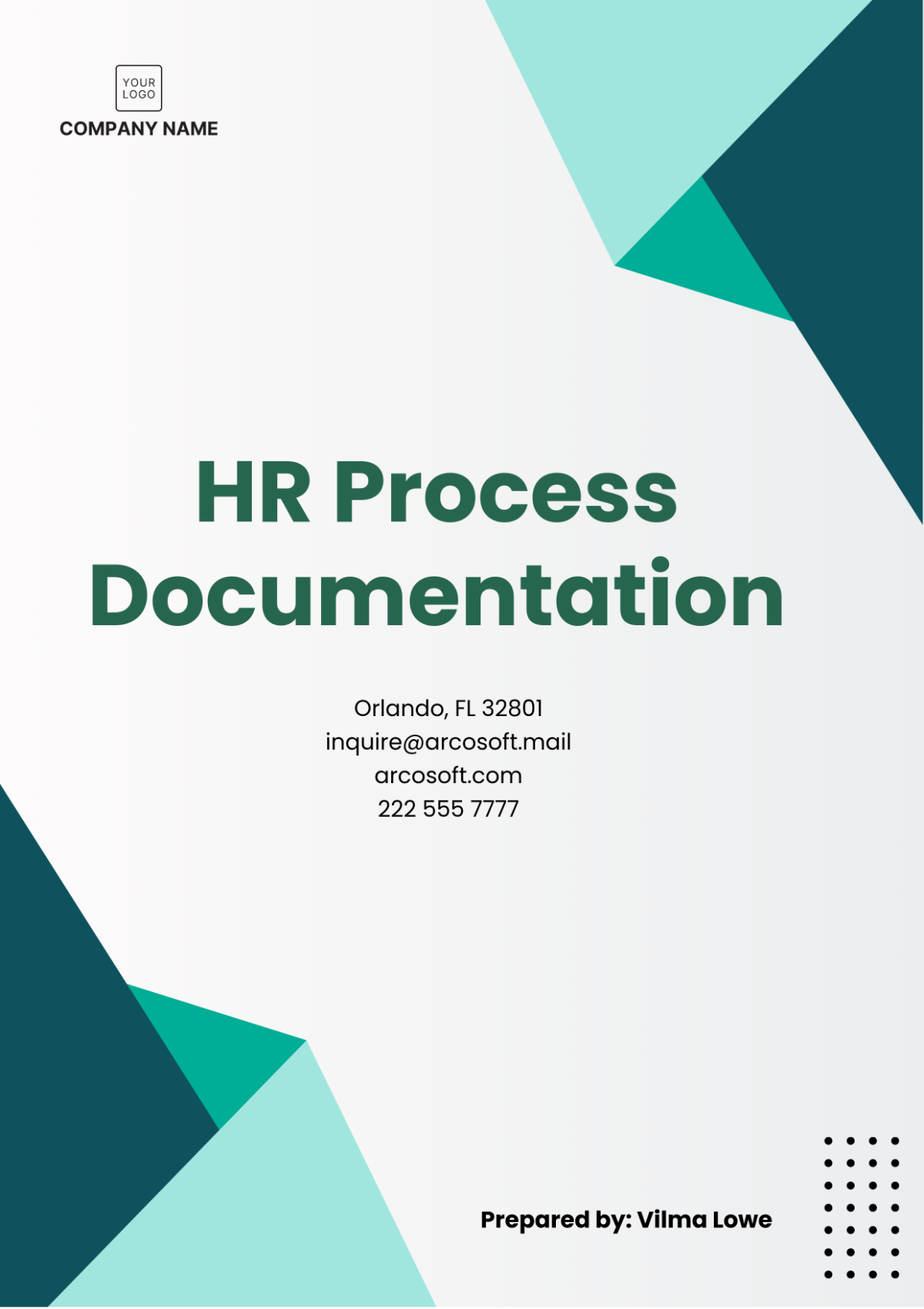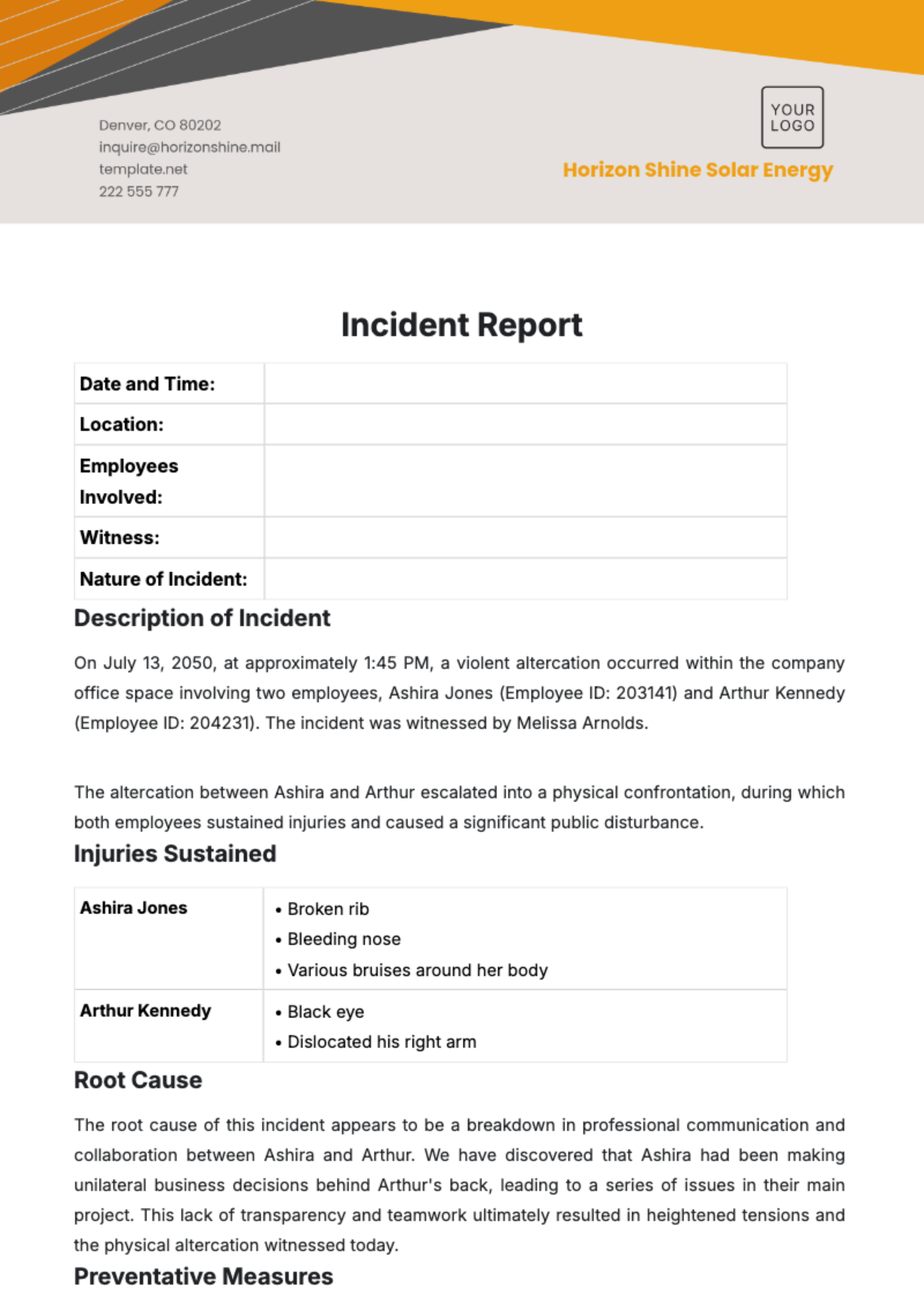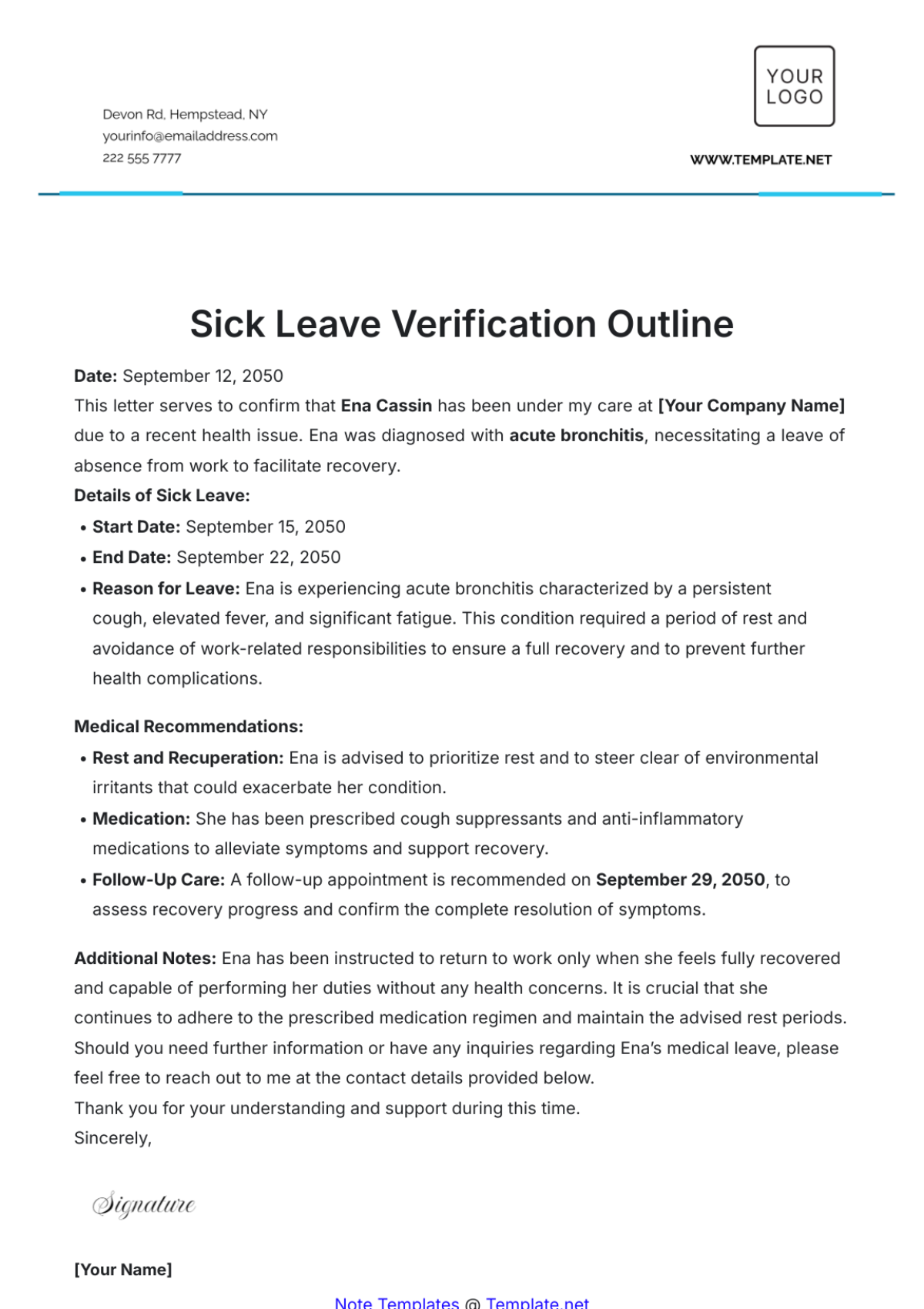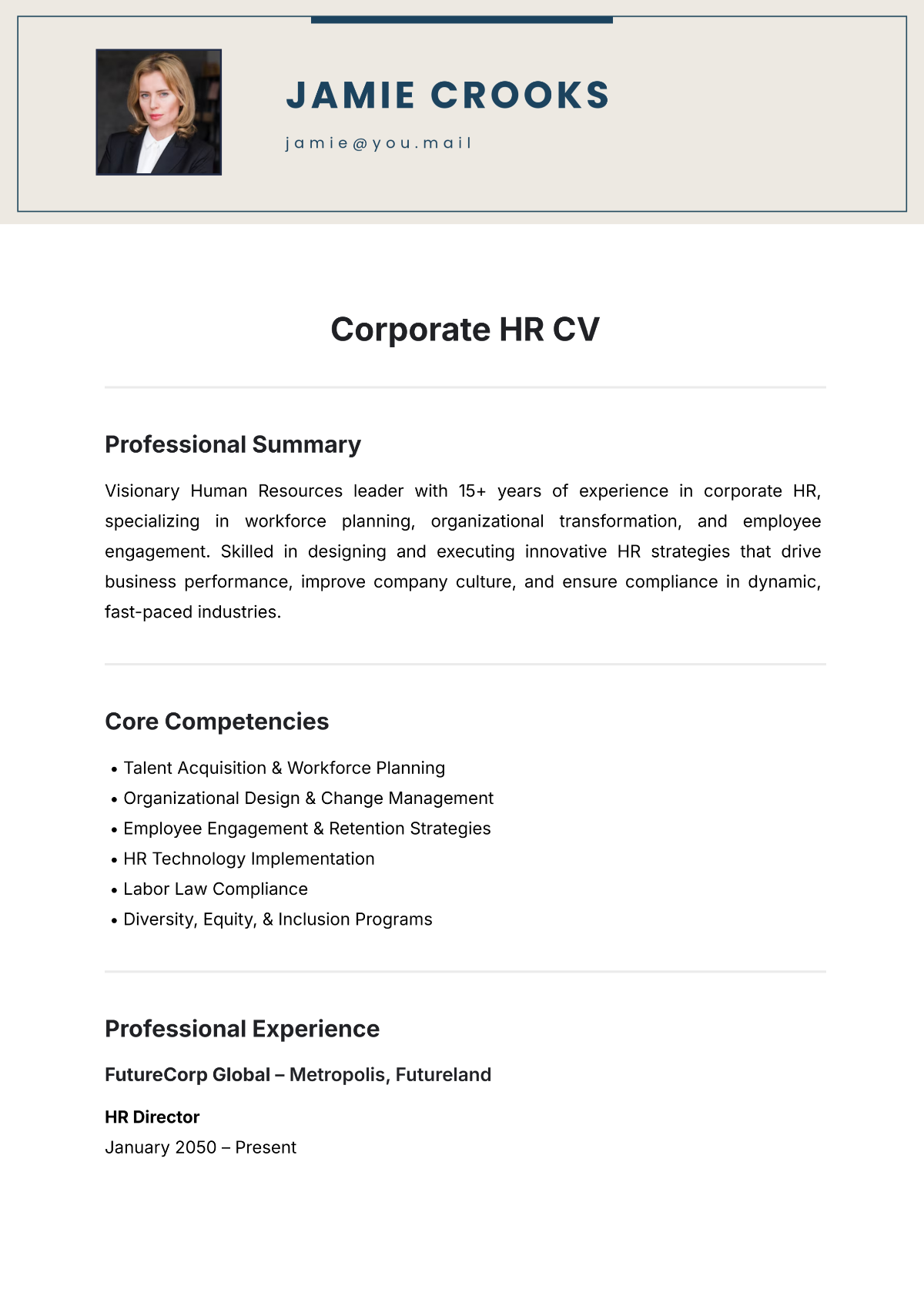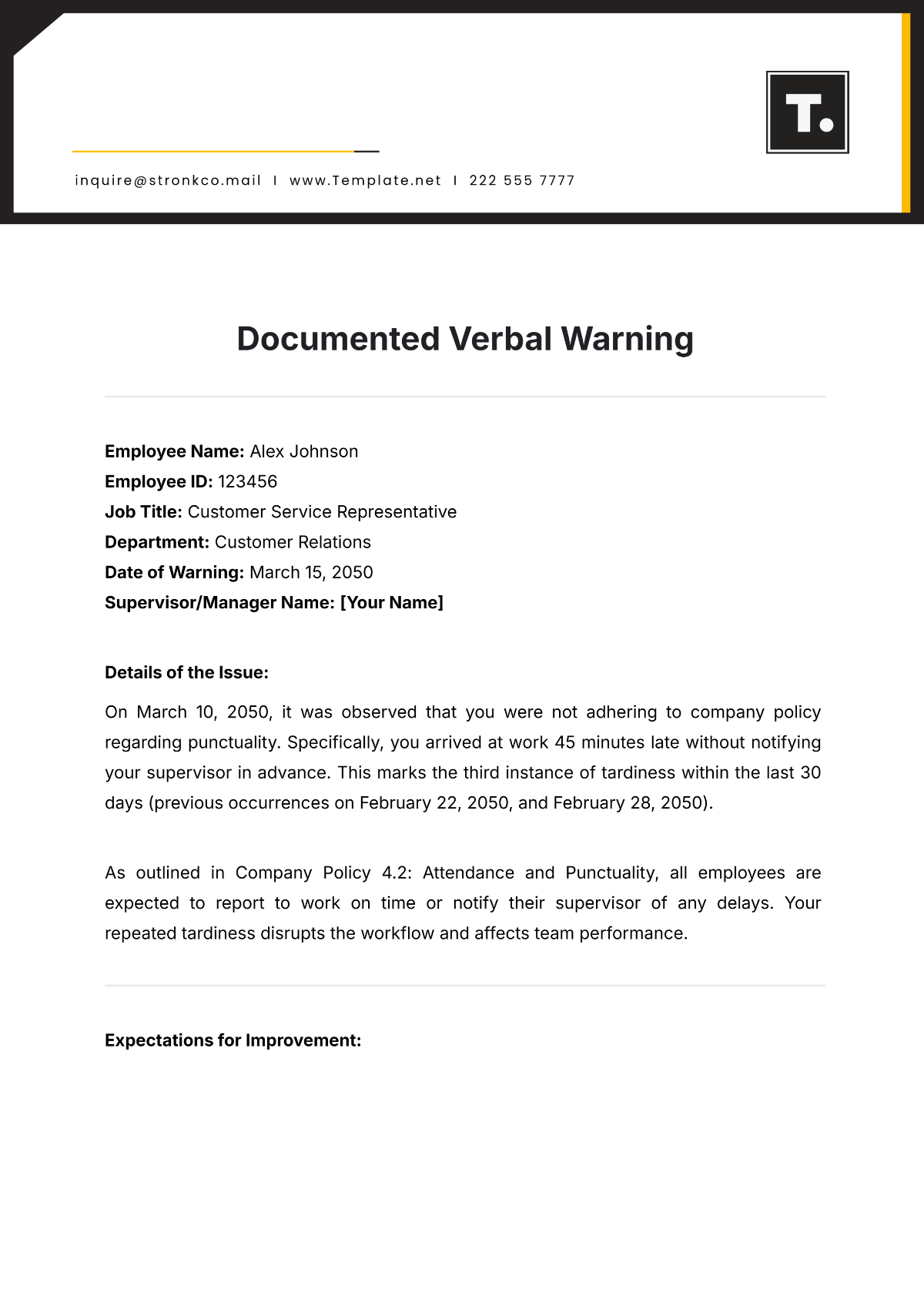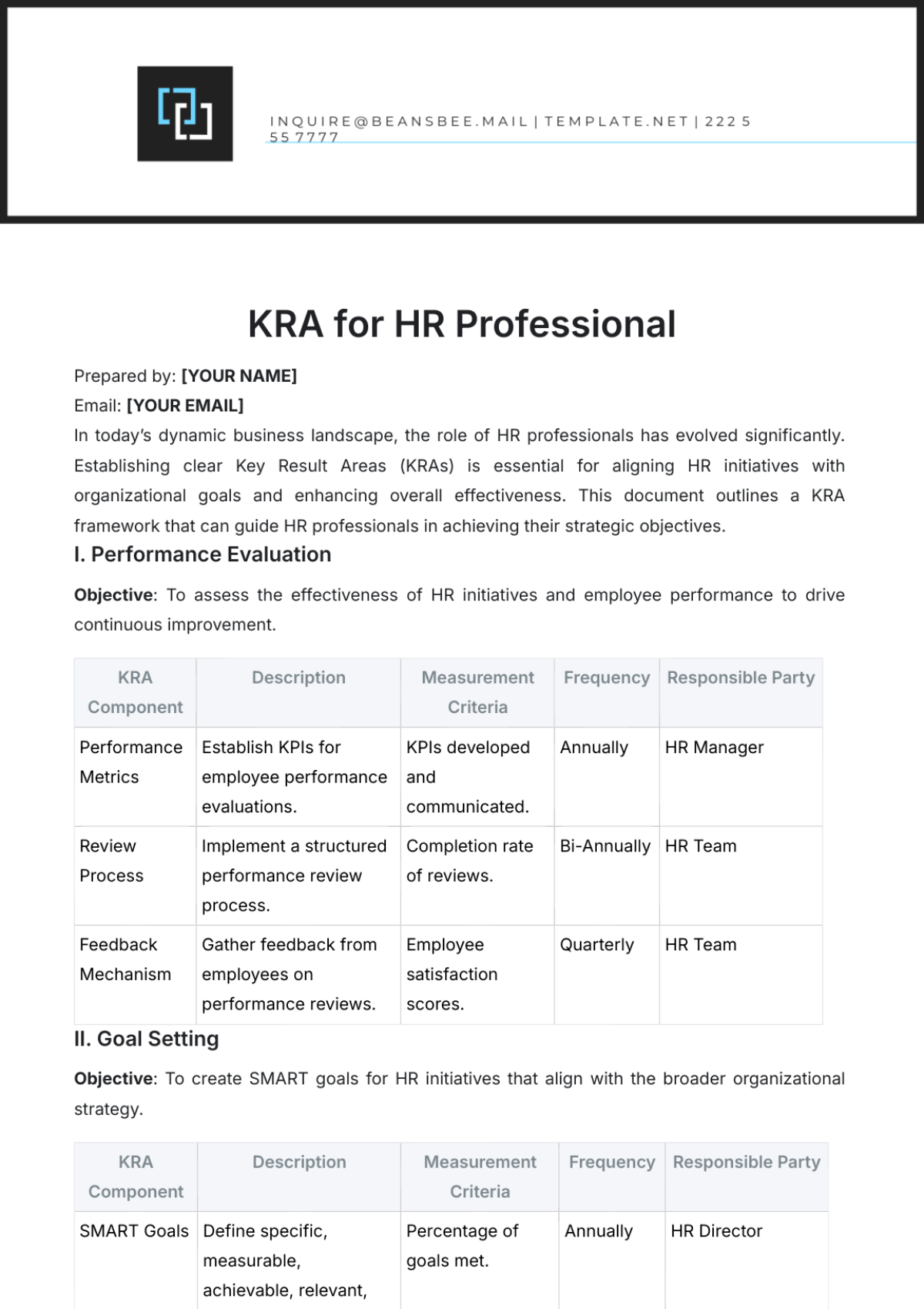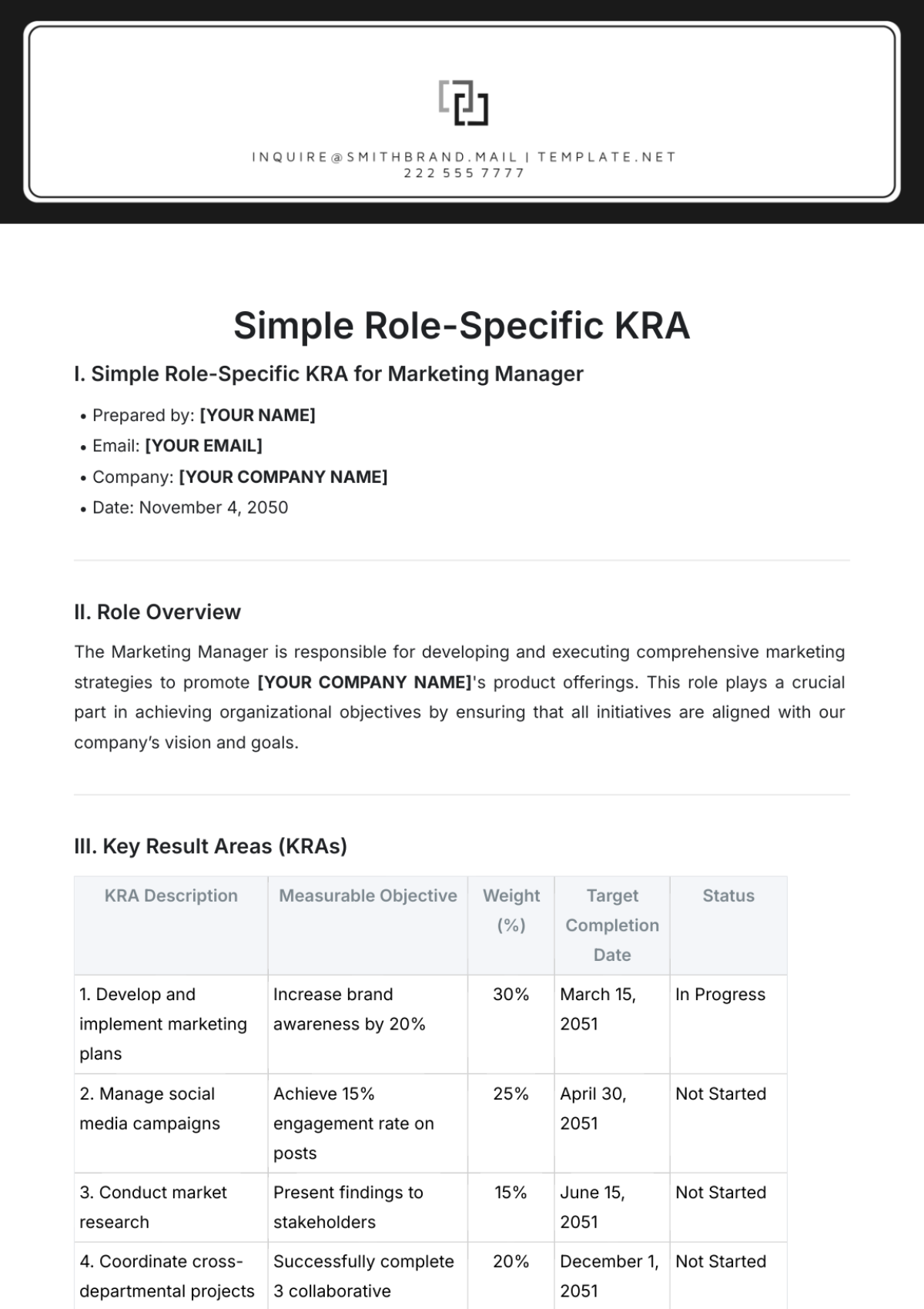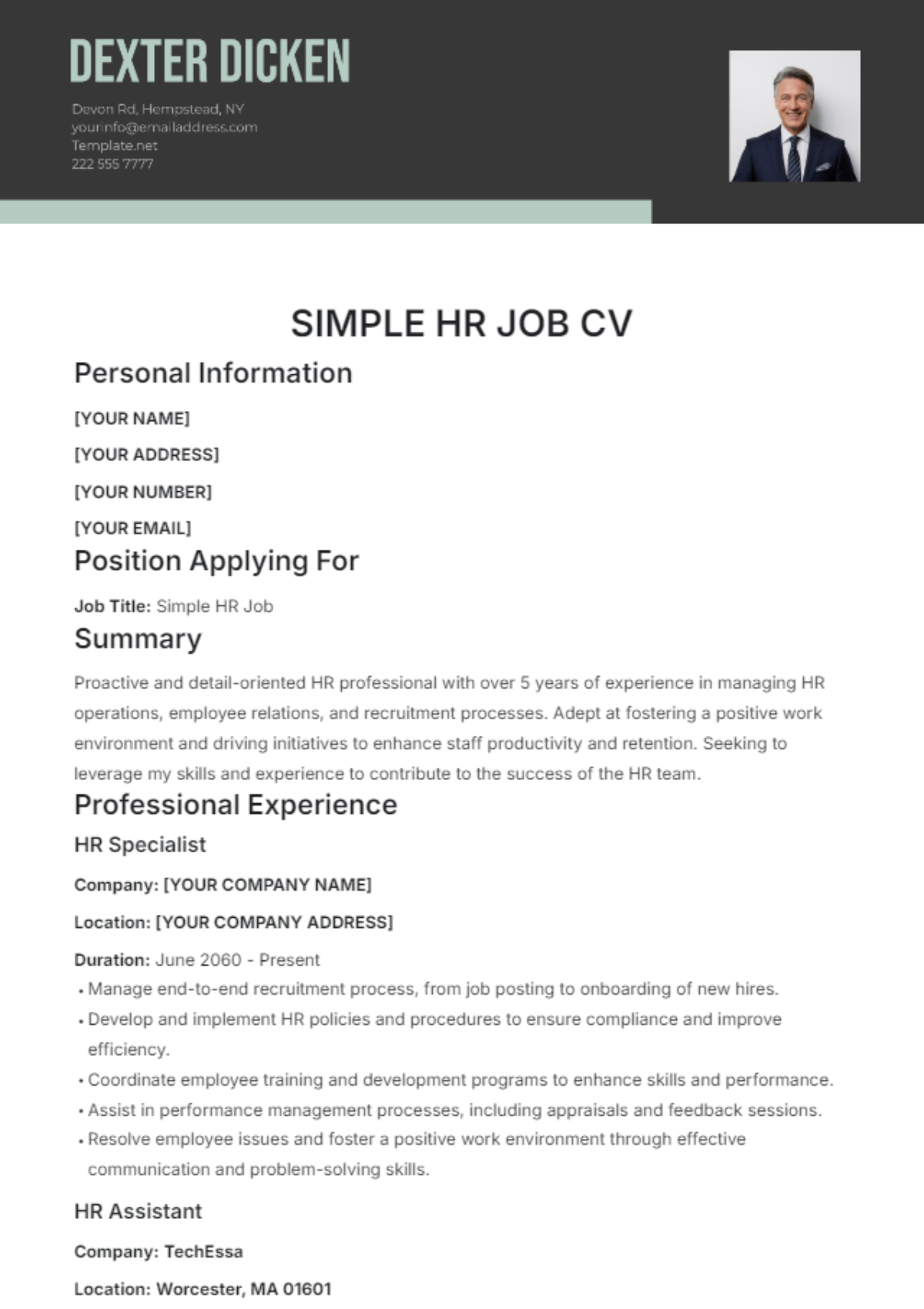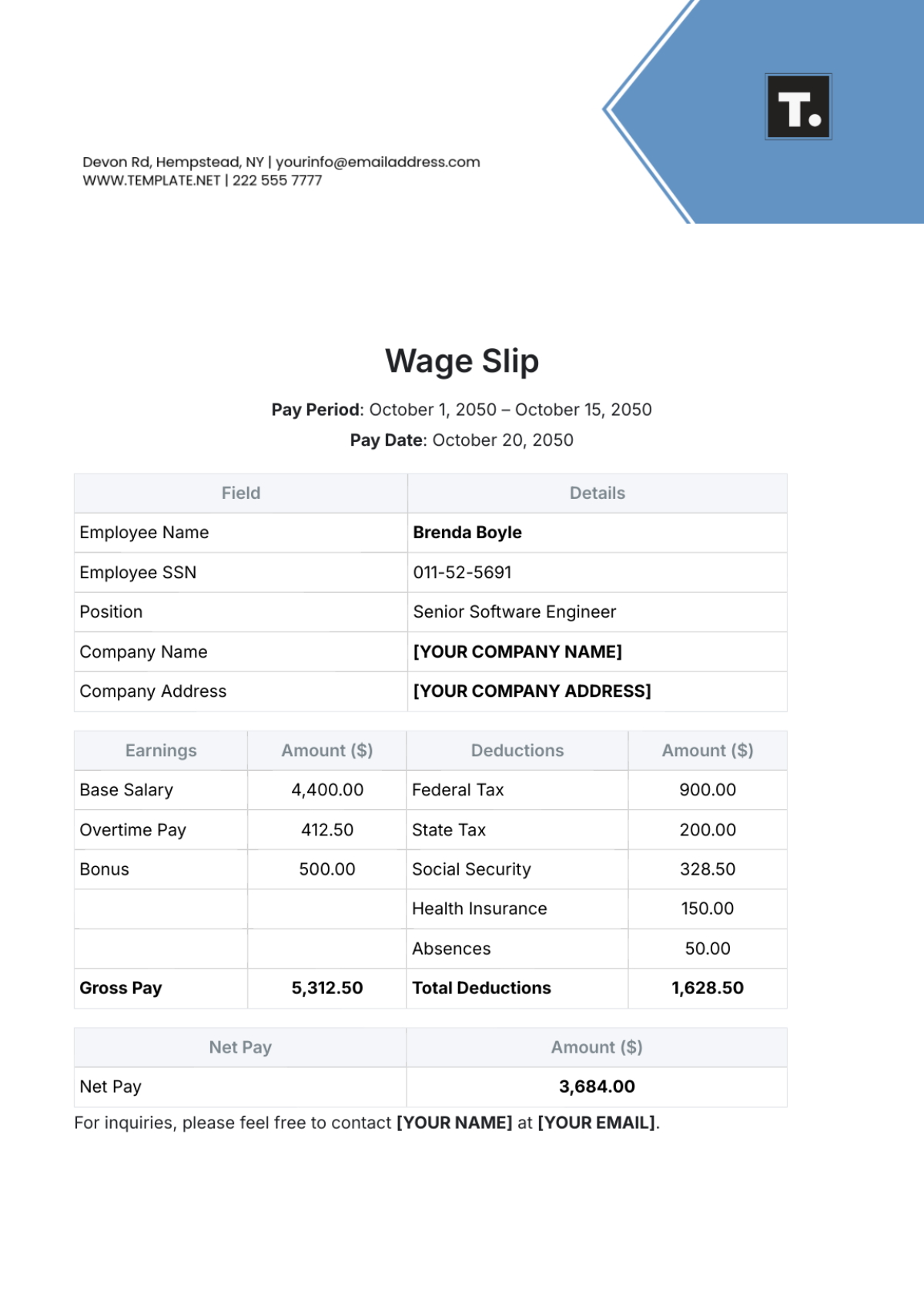Free Comprehensive Team Building Curriculum HR Template
Comprehensive Team Building Curriculum
Table of Contents
1. Introduction .......................................................................................................2
2. Objectives .........................................................................................................2
3. Target Audience ................................................................................................3
4. Modules .............................................................................................................4
4.1 Icebreakers ...............................................................................................................4
4.2 Communication Skills ..............................................................................................4
4.3 Conflict Resolution ..................................................................................................5
4.4 Team Collaboration .................................................................................................5
4.5 Leadership Skills ......................................................................................................5
5. Timeframe .........................................................................................................5
6. Materials Needed ..............................................................................................6
7. Evaluation Methods ...........................................................................................7
8. Conclusion .......................................................................................................8
9. Appendices .......................................................................................................8
Appendix C: Additional Resources .......................................................................9
Introduction
Teamwork is essential for driving any organization toward success, and at [Company Name], we recognize its irreplaceable value in achieving our corporate goals. A cohesive team not only enhances productivity but also enriches the work environment, making it a favorable place for talent to thrive. That’s why we have invested in creating this Comprehensive Team Building Curriculum. It serves as a structured guide to improve essential interpersonal skills, bolster collaboration among staff, and increase productivity metrics within teams. The Curriculum goes beyond mere team-building activities and drills deeper into strategic modules designed to equip employees with long-term skills and methodologies. Through an array of engaging activities, impactful modules, and measurable objectives, we aim to transform our teams into highly efficient units capable of achieving greater results than the sum of their individual efforts. This investment in team dynamics reflects our broader commitment to employee satisfaction, continual improvement, and organizational excellence.
Objectives
The objectives of this Comprehensive Team Building Curriculum are clear-cut and designed to offer long-term benefits to both individual team members and the organization as a whole. Below are the key objectives, each with an accompanying explanation.
To enhance interpersonal skills and team dynamics: The first objective is to focus on interpersonal skills and team dynamics that contribute to the overall effectiveness of a team. By honing these essential skills, employees can better understand each other's strengths and weaknesses. This, in turn, helps in the delegation of tasks, improves efficiency, and brings a higher level of harmony within the team. By targeting specific interpersonal competencies, we aim to boost not just individual capabilities but also the collective power of the team.
To build strong communication channels within teams: Communication is the backbone of any successful team. Our curriculum aims to cultivate open and effective communication lines among team members. With activities and modules designed to encourage active listening, clear expression, and transparent sharing of ideas, we intend to eliminate misunderstandings and boost overall productivity. Enhanced communication will pave the way for a more cooperative and synchronized work environment.
To teach conflict resolution techniques: Even the best teams face conflicts. Rather than seeing these as setbacks, they can be viewed as opportunities for growth if handled appropriately. Our curriculum includes targeted training in conflict resolution techniques to help teams navigate disagreements in a constructive manner. Team members will learn how to manage conflicts by focusing on the issue at hand, removing emotional barriers, and coming up with mutually beneficial solutions.
To foster an environment of collaboration and mutual respect: Creating a culture of collaboration and mutual respect is crucial for long-term success. Our curriculum introduces exercises that reinforce the importance of each team member's role and fosters an environment where each individual's contributions are valued. Through collective problem-solving and shared responsibilities, we aim to cultivate a supportive environment that not only respects individuality but also champions teamwork.
By addressing these objectives, we aim to foster teams that are not just functional but also exemplary, setting a standard of excellence that can propel [Company Name] to greater heights.
Target Audience
The target audience for this Comprehensive Team Building Curriculum is inclusive and designed to reach every layer of the [Company Name] organization. Whether you are a full-time employee, part-time staff, or contracted personnel, this program is applicable to you. The universality of the curriculum’s design stems from the belief that teamwork and collaboration are not confined to specific roles but are integral to the successful functioning of the company as a whole. With exercises and activities that cater to different levels of experience and varied roles, the program aims to uplift the collective skill set of the entire organization, thereby aligning everyone with the company's overarching goals for a more cohesive work environment.
Modules
The Comprehensive Team Building Curriculum is structured into distinct yet interconnected modules. Each module is designed to focus on a specific aspect of teamwork, ranging from basic interpersonal skills to advanced problem-solving strategies. The modular format allows for flexibility in delivery, letting you tailor the course to meet the unique needs of different teams within [Company Name]. Whether you opt for a linear approach or choose to focus on specific modules that address immediate needs, you'll find each section to be a self-contained unit that delivers tangible outcomes. Below, we provide an overview of the various modules that make up this comprehensive curriculum.
4.1 Icebreakers
Activities designed to break down social barriers and facilitate friendly communication among team members.
Activity Name | Duration | Objectives |
Two Truths and a Lie | 15 mins | To help team members get to know each other |
Human Knot | 20 mins | To encourage physical and mental teamwork |
4.2 Communication Skills
Modules focused on building effective communication skills, both verbal and non-verbal.
Module Name | Duration | Objectives |
Active Listening | 30 mins | To improve listening skills |
Non-verbal Signals | 30 mins | To understand body language and facial expressions |
4.3 Conflict Resolution
Strategies and techniques for resolving conflicts in a positive manner.
Module Name | Duration | Objectives |
Identifying Conflict Styles | 30 mins | To understand different conflict-handling styles |
Conflict Mediation | 40 mins | To learn mediation techniques |
4.4 Team Collaboration
Methods to improve collaborative efforts among team members.
Module Name | Duration | Objectives |
Building Trust | 30 mins | To cultivate a trusting team environment |
Team Decision Making | 30 mins | To improve decision-making capabilities |
4.5 Leadership Skills
Skills that encourage team members to take initiative and lead effectively.
Module Name | Duration | Objectives |
Emotional Intelligence | 40 mins | To develop empathy and interpersonal skills |
Situational Leadership | 40 mins | To adapt leadership styles based on context |
Timeframe
The Comprehensive Team Building Curriculum is thoughtfully structured to span a duration of three months, featuring bi-weekly sessions. This timeframe has been carefully chosen to balance the need for in-depth, meaningful engagement without overwhelming team members' regular work responsibilities. The bi-weekly format allows sufficient time between sessions for participants to absorb the material, apply what they've learned in their day-to-day work environment, and come prepared for the next session with questions or observations. This pacing ensures that the training is not just a one-off event, but a continuous learning experience that enables teams to integrate new skills and knowledge into their daily operations over a sustained period. By spreading the curriculum over three months, we aim to achieve lasting improvements in teamwork, communication, and productivity within [Company Name].
Materials Needed
For the effective execution of this Comprehensive Team Building Curriculum, certain materials are essential to facilitate an interactive and engaging learning environment. The following list outlines these crucial items and offers further insight into why each is needed:
Flip Charts. Flip charts serve as an excellent tool for capturing ideas in real-time during brainstorming sessions, team discussions, or when noting down key points from presentations. They offer a tangible and visual record that can be referred back to later, ensuring that key takeaways are not forgotten. Their large format makes it easy for everyone in the room to see, promoting better engagement and discussion among participants.
Markers. Markers are essential for writing on flip charts, whiteboards, or any other writing surface used during the curriculum. They come in a variety of colors which can be employed to categorize or emphasize specific points. Additionally, having markers with different tip sizes allows for both detailed writing and large, easily visible headlines, which enhances readability from a distance and aids in the organization of ideas.
Laptops. Laptops are integral for research activities, interactive online modules, and virtual team-building exercises. They also serve as the basis for presentations or for compiling group projects. Laptops ensure that all team members have access to the digital resources they may need to actively participate in the curriculum. If feasible, a good Wi-Fi connection should also be ensured for optimal functioning.
Projector. A projector is indispensable for larger groups where visibility on a laptop screen may be limited. It serves to project slides, videos, and other digital materials onto a larger screen, ensuring that all participants can follow along easily. This is especially useful for modules that involve multimedia content, data analysis, or detailed examination of case studies.
Evaluation Methods
To gauge the effectiveness of the Comprehensive Team Building Curriculum, it's crucial to employ a multi-faceted approach to evaluation. By using a combination of qualitative and quantitative methods, we can more accurately measure the program's impact on participants. Below are the key evaluation methods that will be used to assess the success of the curriculum:
Pre-assessment and Post-assessment Questionnaires. Administering pre-assessment and post-assessment questionnaires allows us to compare the skills and attitudes of participants before and after completing the curriculum. These questionnaires will focus on various aspects of teamwork, including communication skills, conflict resolution, and collaborative spirit. This comparison will help to identify any significant changes in team dynamics and interpersonal relationships, serving as a direct measure of the curriculum's efficacy.
Team Performance Metrics. Utilizing performance metrics such as project completion rates, error reduction, and other key performance indicators specific to team tasks provides a quantitative measure of the program's impact. By comparing these metrics before and after the implementation of the curriculum, we can determine whether teams are performing more effectively and efficiently. This data-driven approach ensures an objective evaluation of the curriculum's success in boosting team performance.
Employee Feedback Forms. While quantitative data provides an objective lens, qualitative feedback is equally important to capture the subtleties of team dynamics that may not be fully represented in numerical terms. Employee feedback forms will contain a series of open-ended and closed-ended questions designed to capture the experiences and perspectives of participants. This will allow us to understand what aspects of the curriculum were most impactful and what areas may require improvement for future iterations.
Conclusion
This Comprehensive Team Building Curriculum goes beyond the scope of mere team cohesion and aims for a holistic development strategy for [Company Name]. The program is meticulously designed to enhance key interpersonal skills, strengthen internal communication, teach effective conflict resolution techniques, and foster an atmosphere of collaboration and mutual respect. Moreover, it serves to underpin a culture of continuous learning and improvement within the organization. By employing a multifaceted evaluation strategy that includes pre-assessment and post-assessment questionnaires, performance metrics, and employee feedback, we aim to objectively measure the program's success and continuously refine it for greater impact. Ultimately, the end goal is to make [Company Name] not just a place where people work, but a more harmonious, efficient, and fulfilling environment for all.
Appendices
Appendix A: Pre-assessment Questionnaire
This table is designed to gauge the initial skill levels and attitudes of participants before engaging in the team-building curriculum.
Question Number | Question | Response Options |
1 | On a scale of 1-5, how would you rate your team's current communication skills? | 1-5 (1=Poor, 5=Excellent) |
2 | Do you feel comfortable sharing your ideas within the team? | Yes/No |
3 | How often does your team face conflicts? | Rarely/Sometimes/Often |
Purpose:
The aim of this pre-assessment is to create a baseline for measuring improvements after the curriculum is completed.
Appendix B: Post-assessment Questionnaire
The post-assessment questionnaire table is aimed at evaluating the effectiveness of the team-building curriculum and how it has impacted team dynamics.
Question Number | Question | Response Options |
1 | On a scale of 1-5, how would you now rate your team's communication skills? | 1-5 (1=Poor, 5=Excellent) |
2 | Do you feel that conflicts within the team are resolved more effectively now? | Yes/No |
3 | How often does your team collaborate on projects? | Rarely/Sometimes/Often |
Purpose:
This assessment is used to measure the tangible benefits of the team-building program and identify areas for further improvement.
Appendix C: Additional Resources
For those interested in continuous learning and development, the following additional resources are recommended:
1. Book: "Five Dysfunctions of a Team" by Patrick Lencioni
2. Online Course: Effective Communication Skills on Coursera
3. Webinar: Building Collaborative Teams by [Company Name]
Purpose:
These resources are intended to supplement the learnings from the team-building curriculum and offer avenues for individual and collective growth.
By utilizing these appendices, participants and HR facilitators will have a comprehensive set of tools to gauge and enhance the effectiveness of the team-building program.
For further information, please contact [Company Email] or [Company Phone Number]

